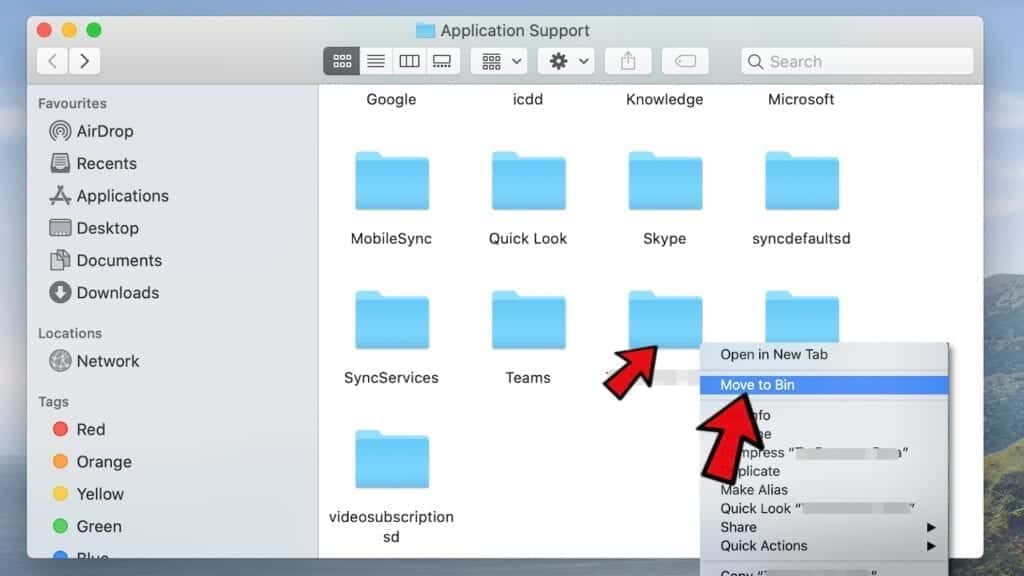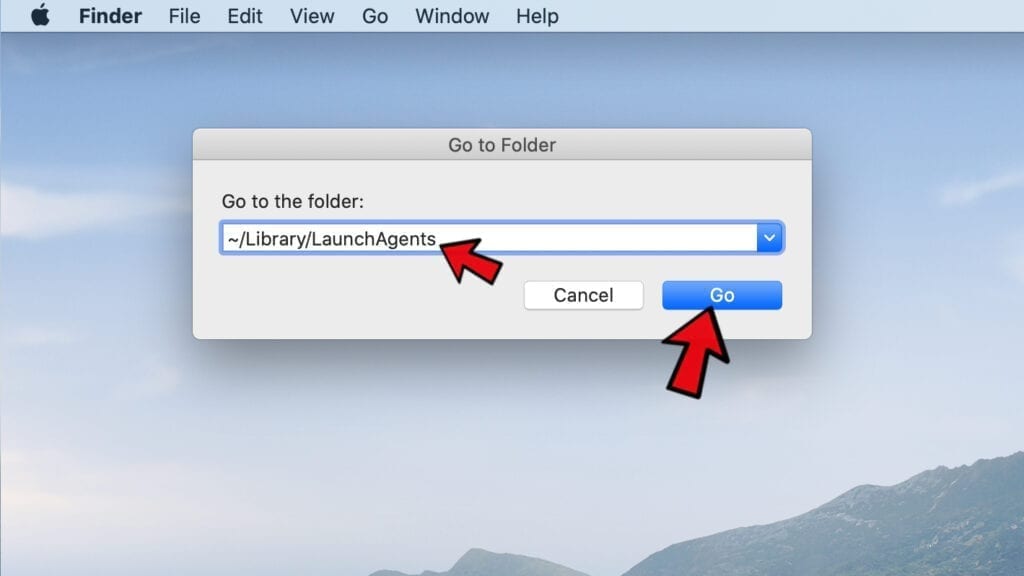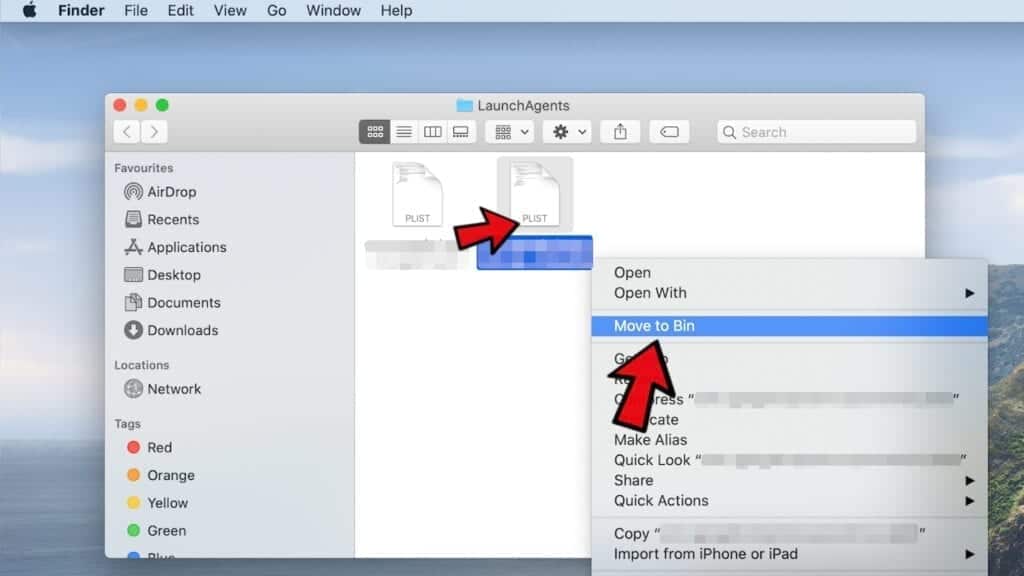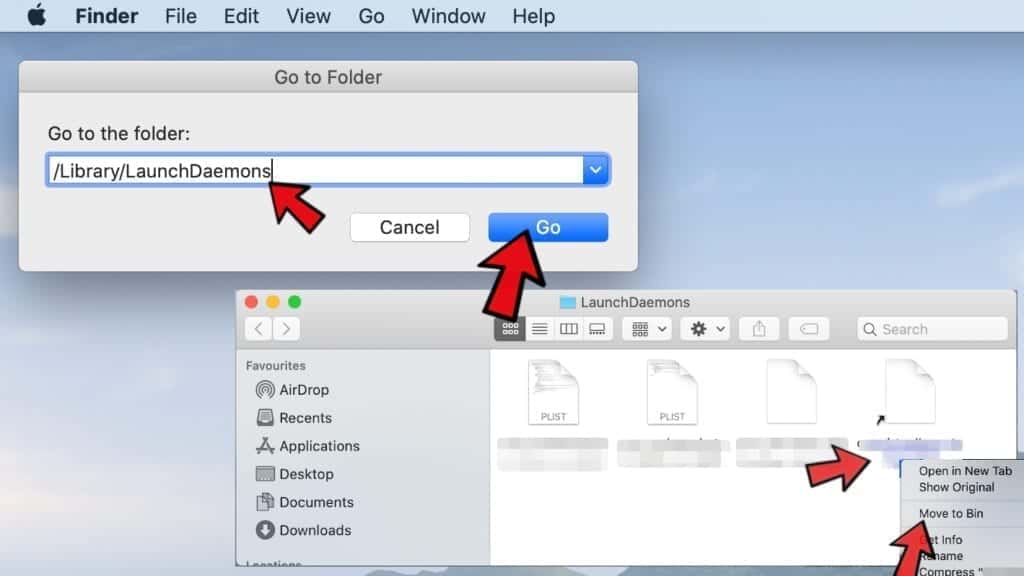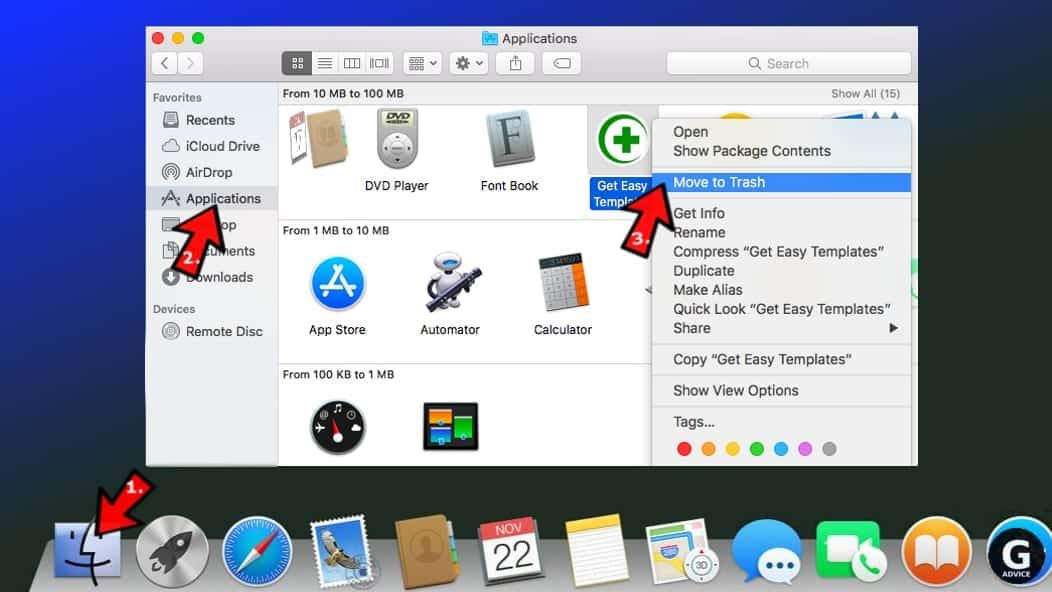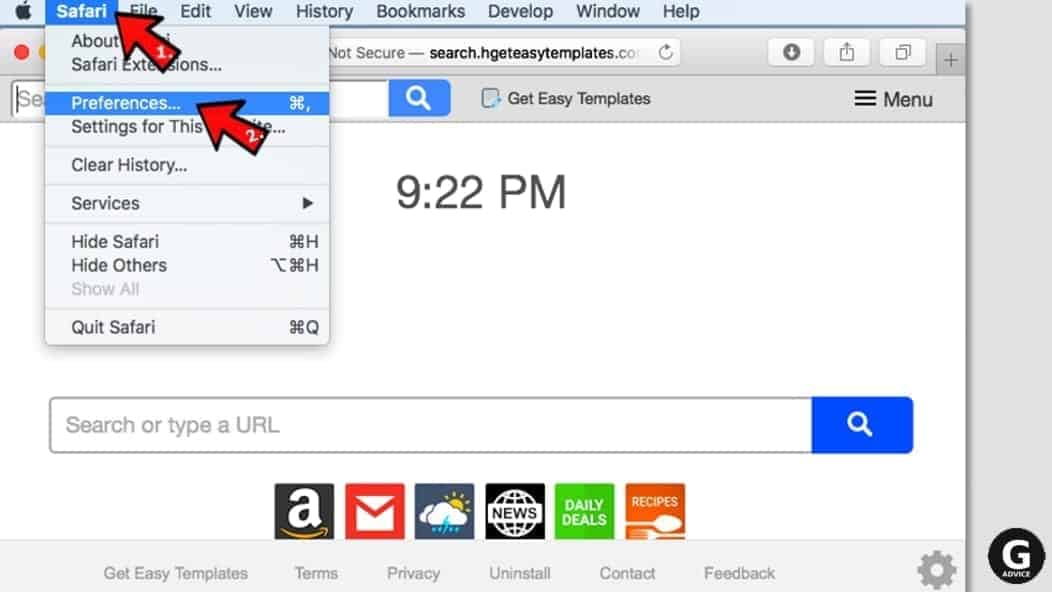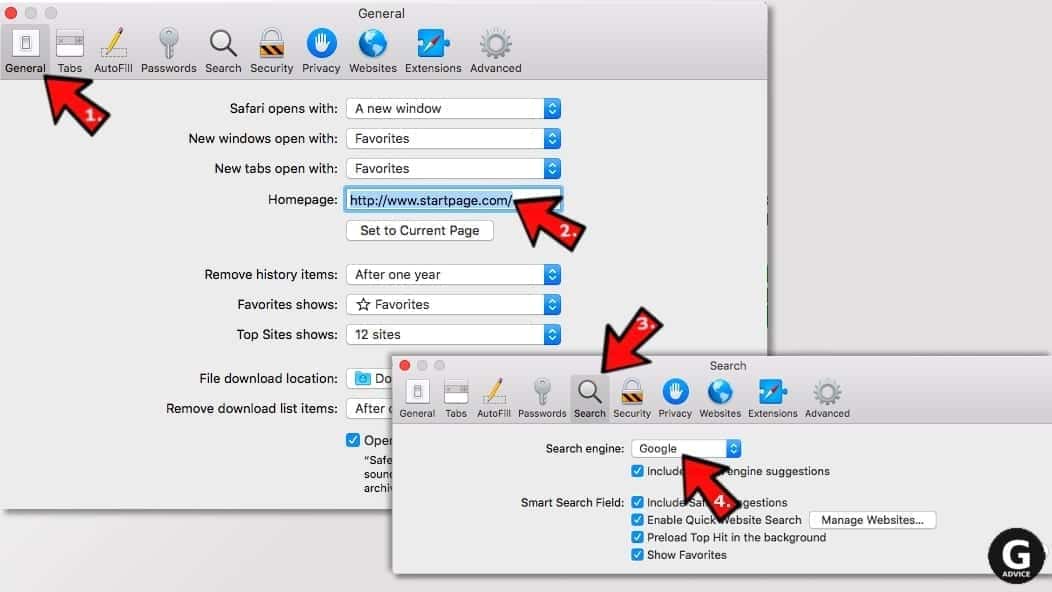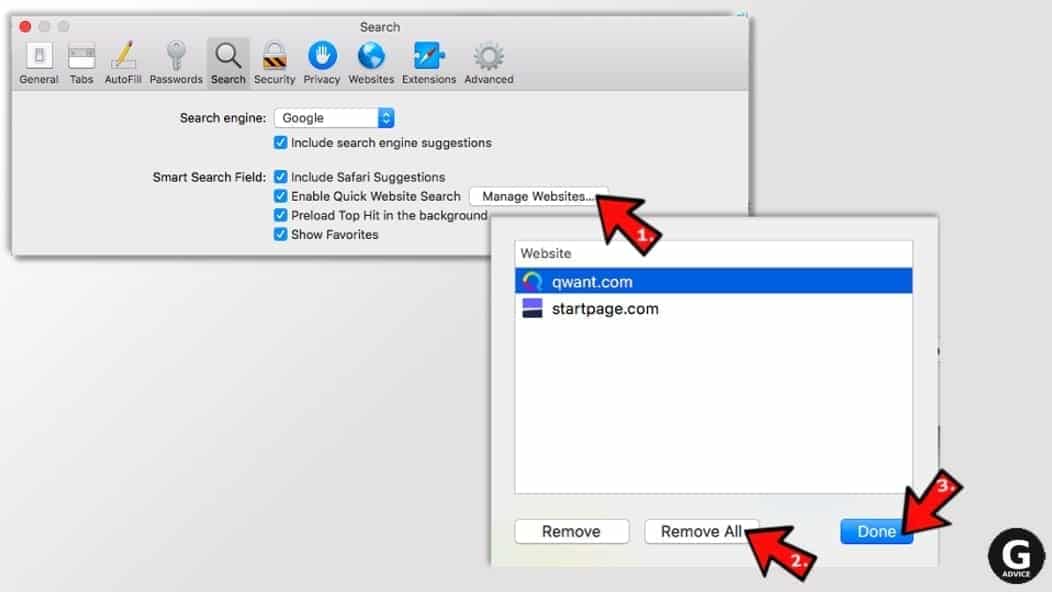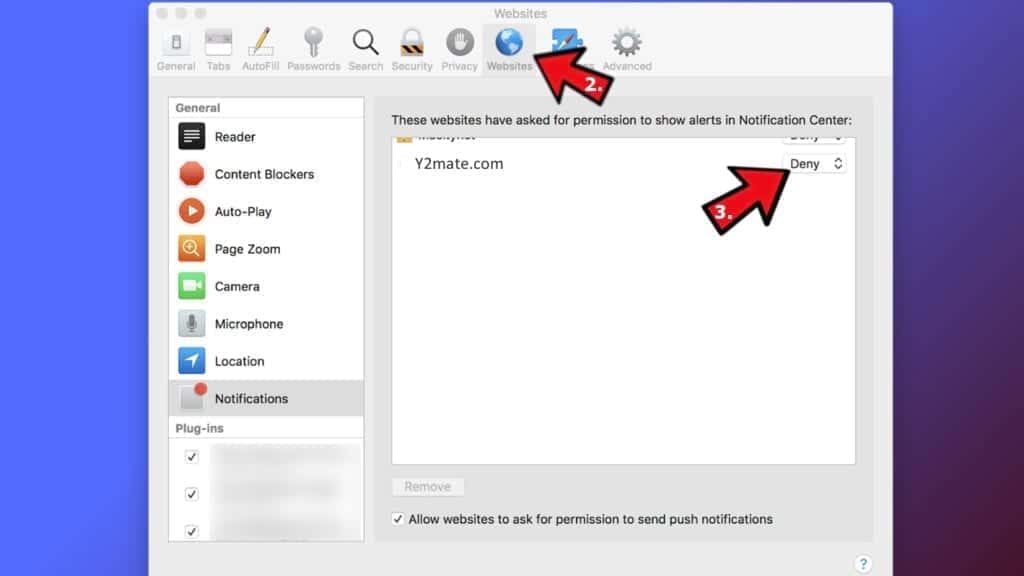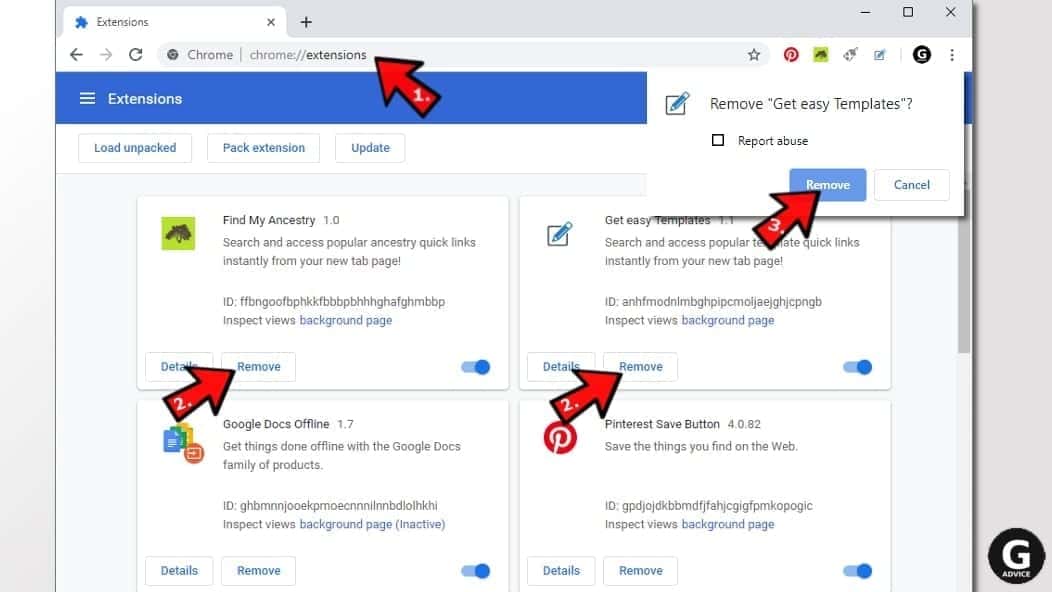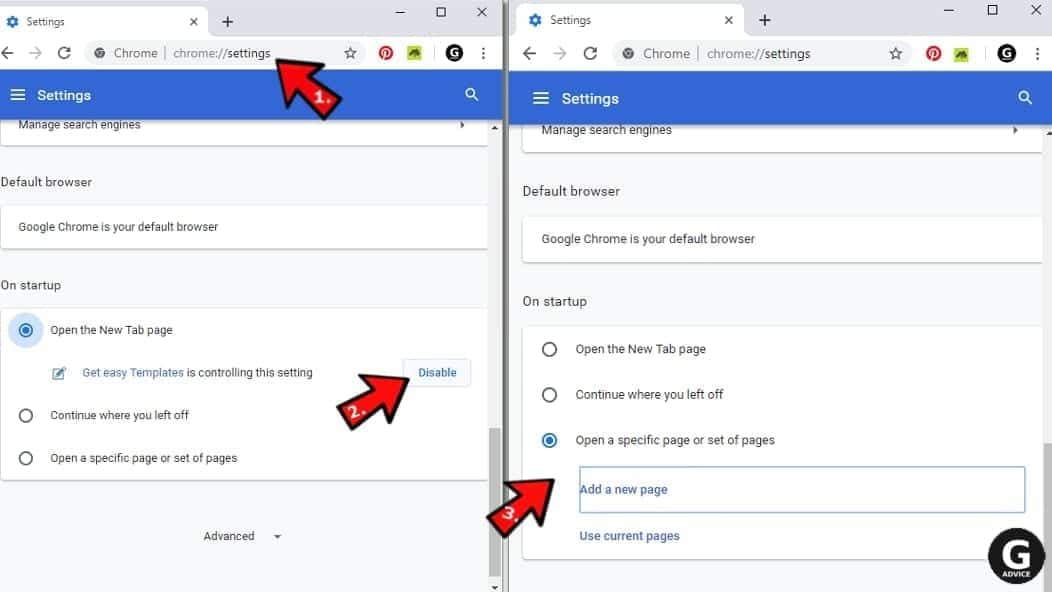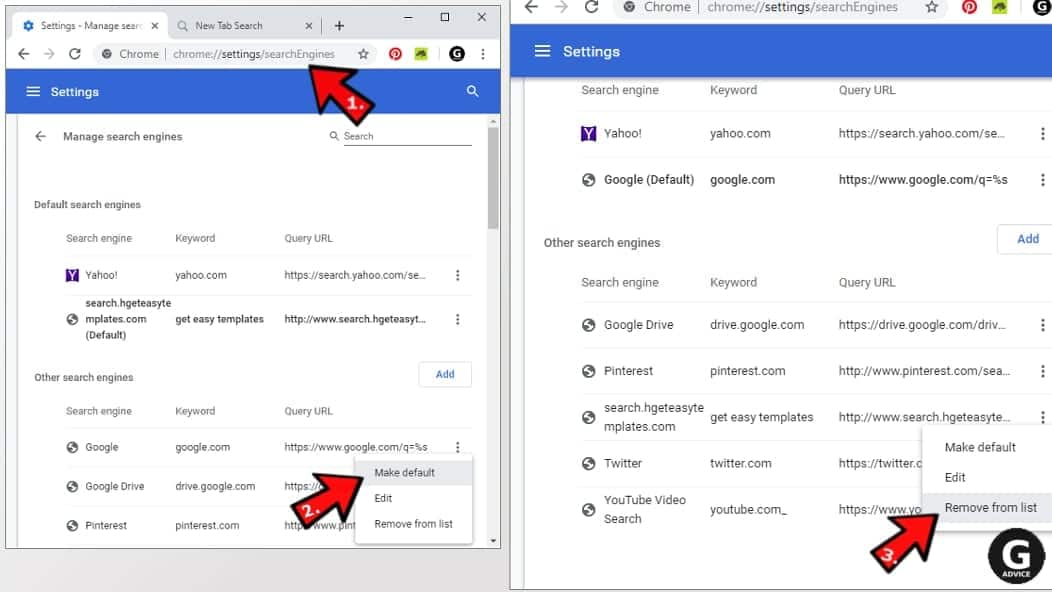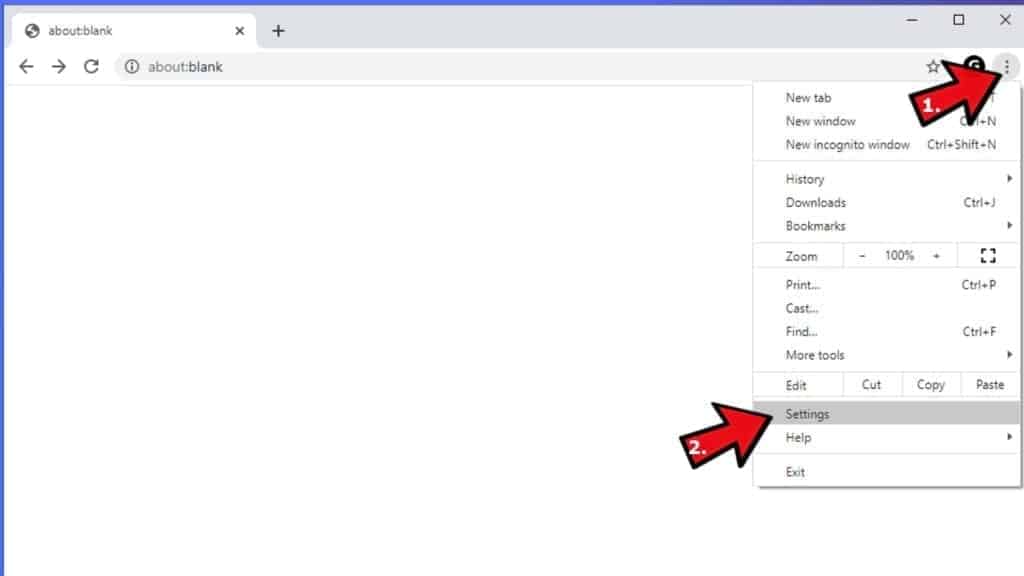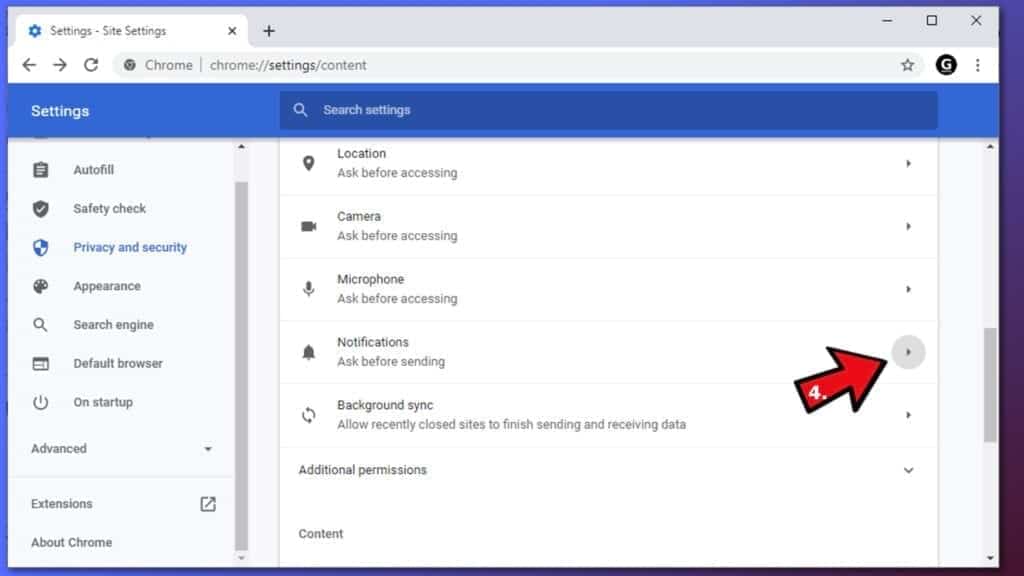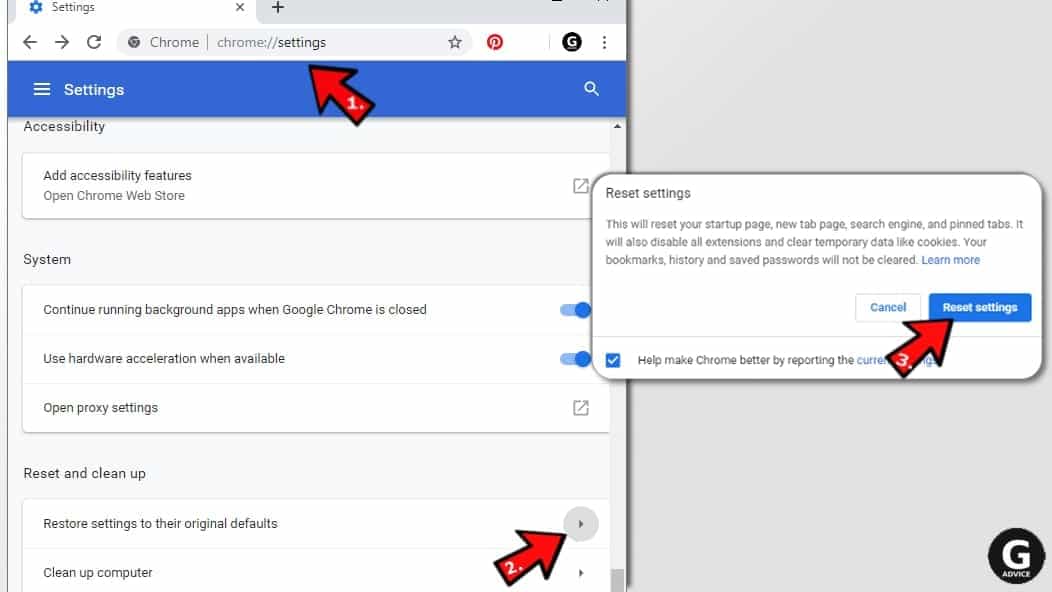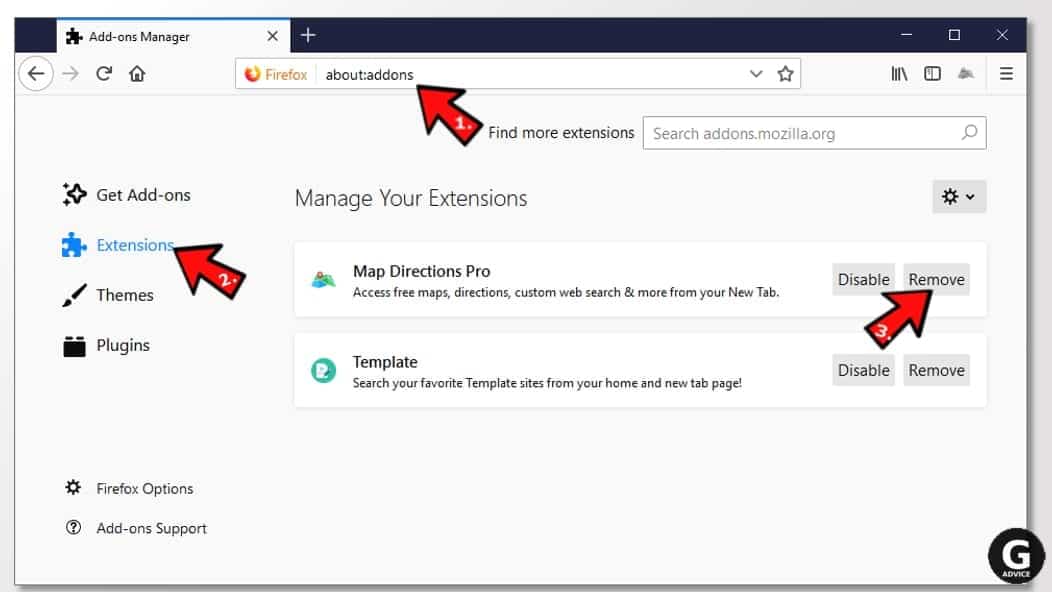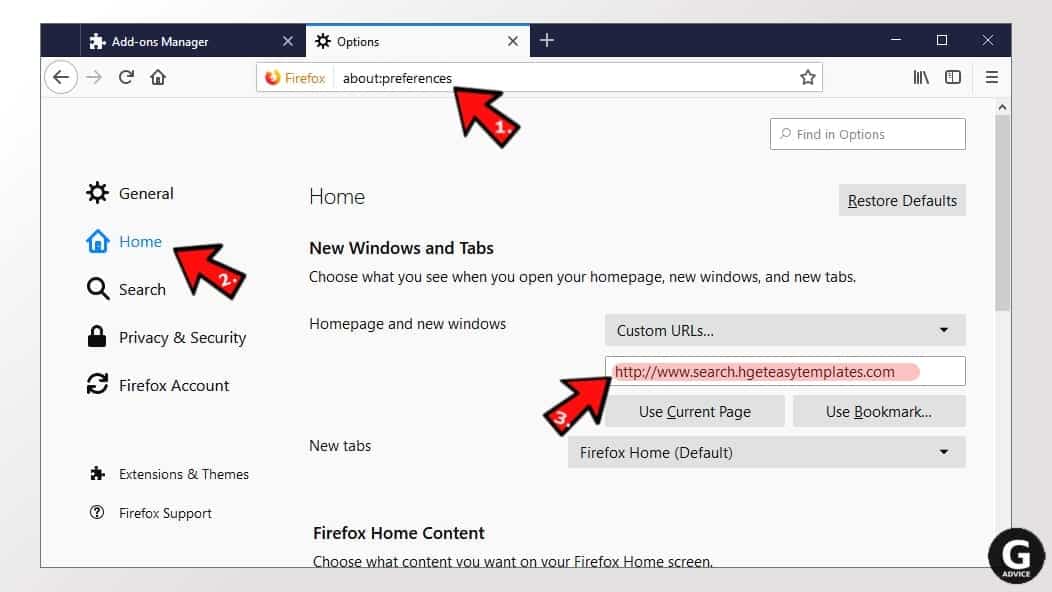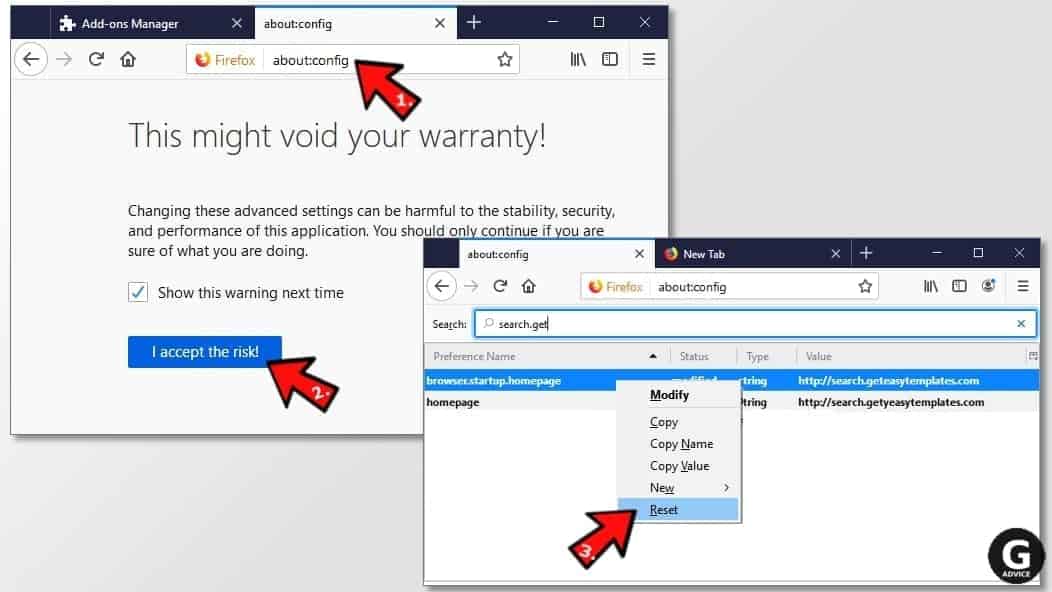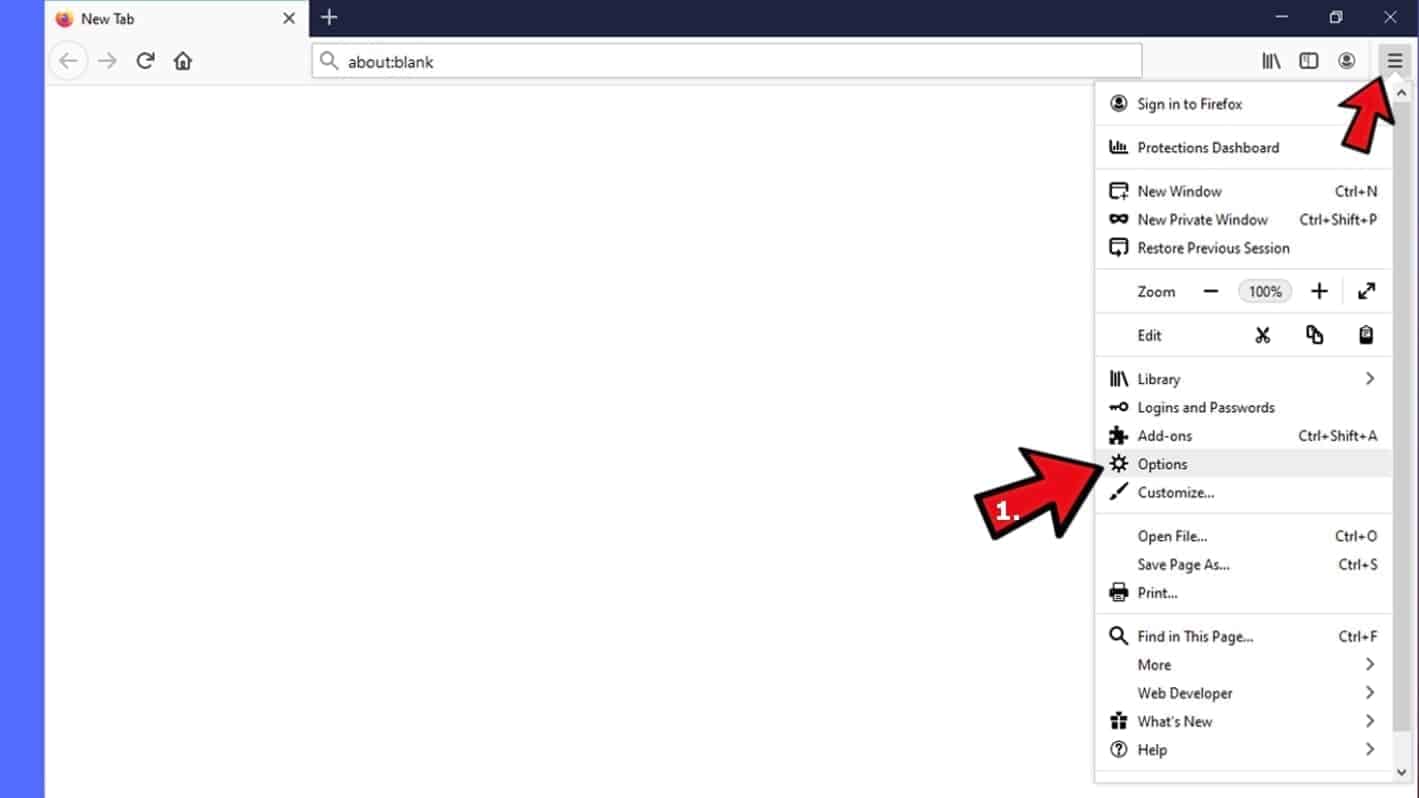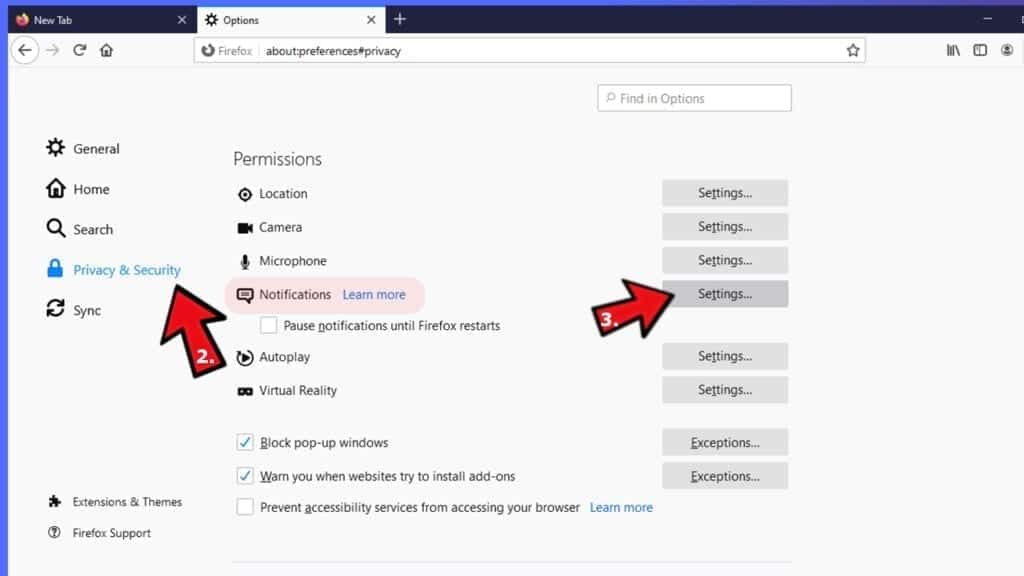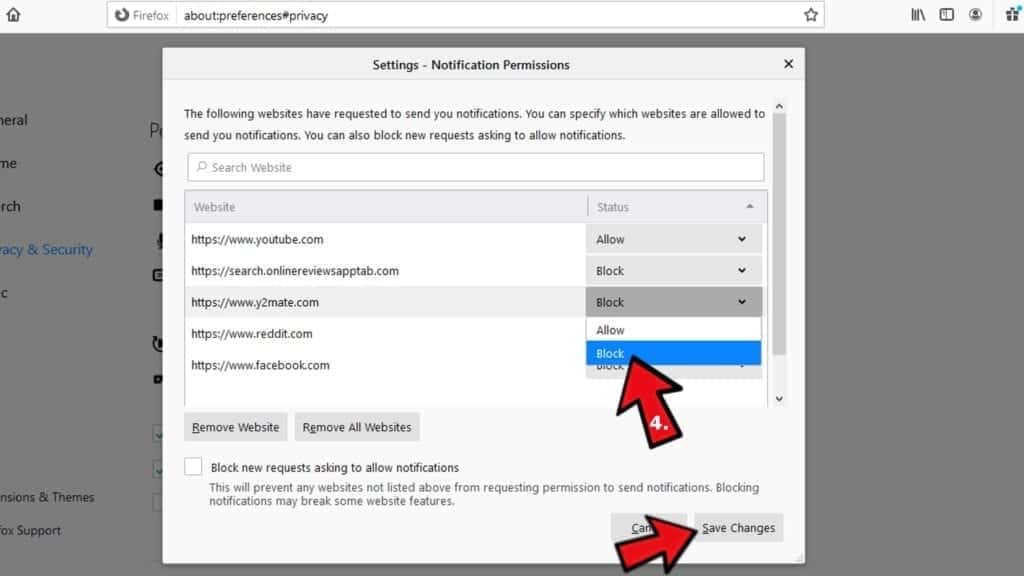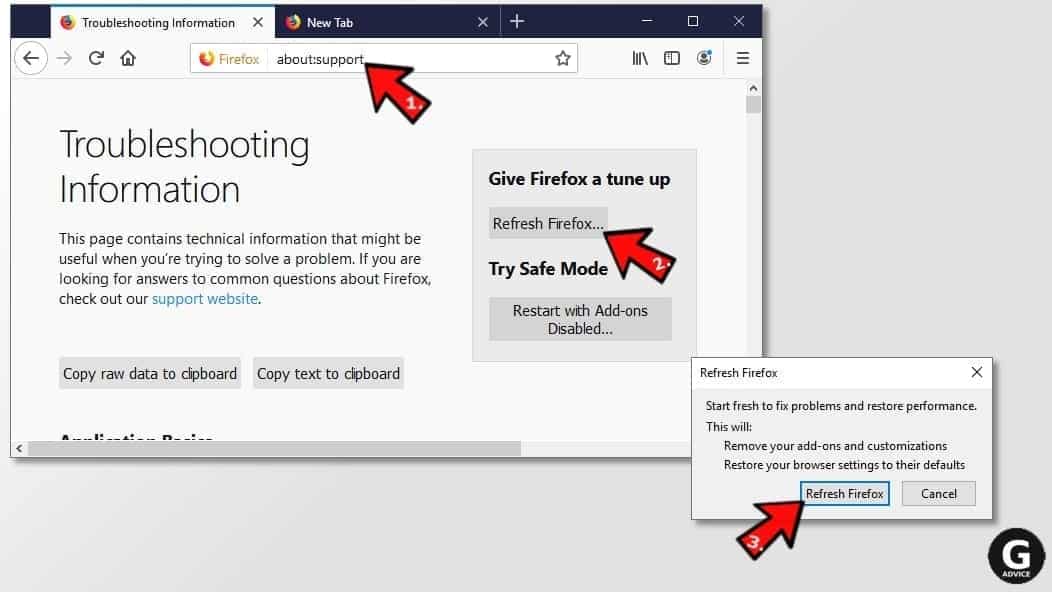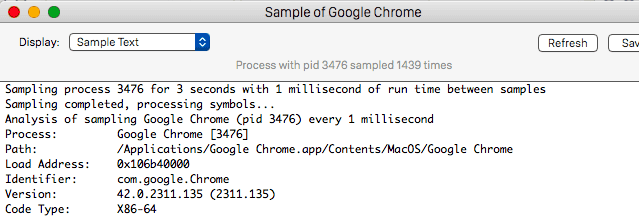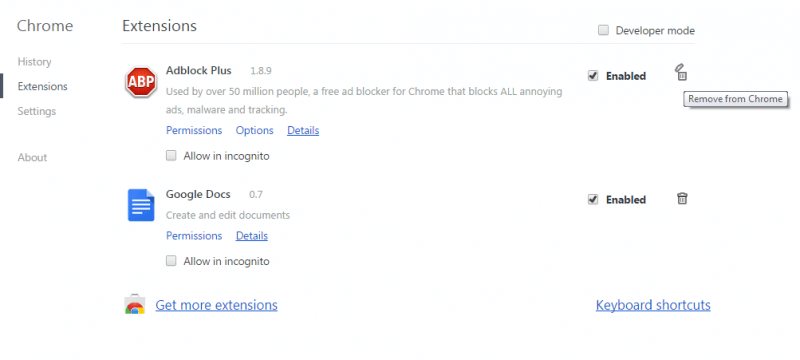На темной стороне окна: предупреждение «На компьютере недостаточно памяти» может быть частью аферы, убедитесь, что это не звено в цепи вирусной атаки.
Обновление: февраль 2023
Что касается электронных устройств в целом и компьютеров в частности, неизбежно одно — со временем они устаревают. Mac-железу не избежать этой участи, оно тоже «стареет». Обновление операционной системы и программного обеспечения из любых источников происходит регулярно, а вот аппаратное обеспечение практически не обновляется. Это в итоге приводит к тому, что в определенный момент система перестает справляться с возрастающей нагрузкой от ресурсоемких приложений. При таком сценарии, выбор у пользователя невелик. Обычно сводится к модернизации памяти или замене MacBook или стационарного компьютера новой моделью, мощности которой будет достаточно для поддержки современных программ, включительно с «пылесосами памяти», например графическими редакторами. А что если регулярные предупреждения «На компьютере недостаточно памяти» (“Your computer is low on memory”) всплывают в Mac, ресурсов которого более чем достаточно для обработки всех текущих задач и процессов? Это может быть признаком присутствия Mac-зловредов в системе.
Фактически, всплывающие предупреждения о том, что в Mac недостаточно свободной памяти, достаточно давно стали характерными признаками, демаскирующими деятельность рекламного или запугивающего ПО. Также известные как потенциально нежелательные приложения (ПНП), эти агенты засоряют систему, в которой они установлены, выводя на экран различные виды заказной информации и подложные диалоговые окна. Цель генерирования рекламы в браузере жертвы состоит в том, чтобы заработать на рекламе за щелчок (pay-per-click, покликовой) и прочей комиссии за вывод рекламы. Это, по сути, интернет-маркетинг. В то же время, мотивация кибер-преступников, которые стоят за фальшивыми предупреждениями о критическом состоянии системы, на первый взгляд весьма туманна. Ситуация несколько прояснится, если более внимательно изучить некоторые дополнительные характеристики типичного фейкового оптимизационного программного обеспечения и адвари. Одна из таких программ реализует перекрестное продвижение связанных угроз, при котором пользователя, не готового к такому повороту событий, по сути одурачивают, чтобы он неосознанно согласовал теневую установку. Жертва просто щелкает кнопку, которая никак не ассоциируется с установкой контента. В случае, который мы рассматриваем, у пользователя только один вариант: щелкнуть кнопку «Close» («Закрыть»). Но это может запустить произвольный алгоритм, например закулисной интеграции в систему еще одного ПНП. К рекламным программам (адварям), которые успешно генерируют оповещения системы Mac «На компьютере недостаточно памяти», относятся: Spaces.app, ScreenSaver.app, и ScreenCapture.app.
Еще одной формой зловредного кода, прибегающего к запугиванию пользователей посредством сообщения о недостаточной памяти, является ПО, имитирующее службу технического обеспечения системы. Таким образом оно как бы намекает жертве, что с техническим состоянием компьютера не все в порядке. Кроме сообщения «На компьютере недостаточно памяти», которое и так действует на нервы, появляется еще одно окно-запрос «Чтобы освободить память для нормальной работы, закройте несколько приложений». Естественной реакцией среднестатистического пользователя Mac будет проверить текущее потребление ресурсов ЦП и памяти. К удивлению, в утилите «Мониторинг системы» ничего необычного не происходит, а потребление памяти не имеет никаких признаков превышения нормы.
Ничего необычного, просто еще один вид программ-вредоносов: устрашающее ПО. Имя одного из таких приложений Mac Security Plus. После незаметного проникновения в систему, вредитель начинает интенсивно «выносить мозг» с помощью подложных отчетов о дефиците памяти, оповещениях о якобы обнаруженных вирусах и неправдоподобных предложениях «повысить производительность Mac в один щелчок мыши». Вся схема строится на том, чтобы «задергать» пользователя до покупки у мошенников лицензии на программу-пустышку, якобы для разблокировки ее оптимизационного и наладочного функционала. В итоге, демонстрируя подложные оповещения «На компьютере недостаточно памяти», эта якобы системная якобы утилита пытается усилить психологический прессинг. И не важно, какой именно зловред является причиной этого карнавала фейкового системного спама — удаляйте его без задней мысли!
Удаление вируса «На компьютере недостаточно памяти» для Mac в ручном режиме
Изложенные ниже шаги позволят Вам удалить это зловредное приложение. Обязательно следуйте инструкциям в указанном порядке.
- Разверните меню Переход на панели Finder Вашего Mac и выберите вкладку Утилиты, как показано ниже.
- Найдите значок Мониторинг Системы в открытой вкладке Утилиты, и дважды щелкните его.
- В открывшемся приложении Мониторинг системы найдите процесс, который выглядит подозрительным. Чтобы сузить область поиска, сфокусируйте внимание на незнакомых ресурсоемких процессах в списке. Имейте в виду, что название этого процесса не обязательно связано с проявлением угрозы, поэтому здесь Вам придется руководствоваться собственными оценками. Если Вы засекли нарушителя, выберите его и нажмите значок Стоп в верхнем левом углу экрана.
- Когда появится всплывающее диалоговое окно с вопросом, уверены ли Вы, что хотите завершить проблемный процесс, выберите вариант Завершить принудительно.
- Снова нажмите значок меню Переход панели Finder и выберите Переход к папке. Вы также можете использовать сочетание клавиш Command-Shift-G для быстрого перехода.
- В диалоговом окне поиска папок введите /Библиотеки/LaunchAgents и нажмите кнопку Перейти.
- Изучите содержимое папки LaunchAgents на предмет наличия сомнительных элементов. Обратите внимание, имена файлов, созданных зловредными программами, могут не выглядеть явно зловредными, поэтому следует искать недавно добавленные объекты, которые выглядят как отклонение от нормы.
В качестве иллюстрации, вот несколько примеров из LaunchAgents, связанных с распространенными инфекциями Mac: com.pcv.hlpramc.plist, com.updater.mcy.plist, com.avickUpd.plist, и com.msp.agent.plist. Если обнаружите файлы, которые не принадлежат к списку, просто перетащите их в Корзину.
- Снова используйте функцию поиска Переход к папке чтобы перейти к папке под названием ~/Библиотеки/Application Support (обратите внимание на символ тильды, добавленный перед путем).
- Когда откроется каталог поддержки приложений (Application Support directory), найдите в нем недавно созданные подозрительные папки и отправьте их в Корзину. Быстрый совет — ищите элементы, названия которых не имеют ничего общего с продуктами Apple или приложениями, которые Вы точно сами установили. Вот несколько примеров имен известных зловредных папок: IdeaShared, ForwardOpen и ExtraBrowser.
- Введите строку ~/Библиотеки/LaunchAgents (не забудьте включить символ тильды) в область поиска Переход к папке.
- В системе отобразятся Агенты запуска (LaunchAgents), находящиеся в каталоге Home текущего пользователя. Ищите сомнительные файлы, связанные с вирусом «На компьютере недостаточно памяти» (см. алгоритм предыдущих пунктов) и перетащите подозрительные файлы в Корзину.
- Введите /Библиотеки/LaunchDaemons в строке поиска Переход к папке.
- В открытом окне вкладки LaunchDaemons попытайтесь определить файлы, которые зловред использует для персистентности (в данном случае, чтобы автоматически запускаться на корневом уровне). Несколько примеров таких объектов, генерируемых инфекциями Mac: com.pplauncher.plist, com.startup.plist и com.ExpertModuleSearchDaemon.plist. Немедленно удалите скомпрометированные файлы.
- Снова нажмите на значок меню Переход на панели Finder, и в перечне выберите Программы.
- Найдите объект для приложения, которое там явно лишнее, и переместите его в Корзину. Если для подтверждения этого действия потребуется пароль администратора, просто введите его.
- Разверните меню Apple и выберите пункт Системные настройки.
- Откройте Пользователи и группы и щелкните вкладку Объекты входа.
Система отобразит список процессов, которые запускаются при включении компьютера. Найдите там потенциально нежелательное приложение и нажмите кнопку «-» (минус).
- Теперь выберите Профили на вкладке Системные настройки. Ищите зловредный элемент на левой боковой панели. Несколько примеров профилей конфигурации, созданных Mac адварей: TechSignalSearch, MainSearchPlatform, AdminPrefs и Chrome Settings. Выберите зловредный элемент и нажмите на знак «минус» внизу, чтобы устранить его.
Если Ваш Mac был заражен адварей, вирус, скорее всего, по-прежнему будет контролировать веб-браузер, который Вы используете по умолчанию, даже после того, как Вы удалите базовое приложение вместе с его компонентами в разных частях системы. Воспользуйтесь приведенными ниже инструкциями по очистке браузера, чтобы устранить оставшиеся последствия этой атаки.
Как удалить заражение “Your computer is low on memory” в веб-браузере Mac
Для начала необходимо вернуть в исходное состояние первичные настройки веб-браузера, которые были нарушены вирусом “Your computer is low on memory”. Это удалит большинство пользовательских конфигураций, историю веб-поиска и все временные данные, которые хранятся на веб-сайтах, но зато прекратит вмешательство вируса в работу браузера. Ниже изложены шаги для выполнения этой процедуры:
- Как удлить вирус “Your computer is low on memory” в Safari
- Откройте браузер и перейдите в меню Safari. Выберите Настройки в выпадающем списке.
- После появления окна Настройки, щелкните вкладку Дополнения и активируйте опцию «Показывать меню «Разработка» в строке меню».
- Теперь, когда пункт Разработка добавлен в меню Safari, раскройте его и щелкните Очистить кэши.
- Далее, выберите История в меню Safari и щелкните Очистить историю в выпадающем списке.
- В Safari появится диалоговое окно с запросом указать период времени, к которому относится это действие. Для максимального эффекта, выберите всю историю. Щелкните кнопку Очистить историю для подтверждения и выхода.
- Вернитесь в Настройки Safari и перейдите на вкладку Конфиденциальность в верхнем меню. Найдите опцию «Управлять данными веб-сайтов» и щелкните ее.
- В браузере появится следующее окно со списком веб-сайтов, которые хранят информацию о Вашей действиях в Интернете. Это диалоговое окно также содержит краткое описание последствий: данное действие может привести к выходу из веб-сайтов или изменению их поведения после завершения процедуры удаления данных. Если принимаете такие условия, просто щелкните кнопку Удалить все.
- Перезапустите Safari.
- Откройте браузер и перейдите в меню Safari. Выберите Настройки в выпадающем списке.
- Как удалить “Your computer is low on memory” в Google Chrome
- Откройте Chrome, щелкните значок Настройка и управление Google Chrome (⁝) в правом верхнем углу окна и выберите Настройки в выпадающем списке.
- В открытой панели Настройки, выберите Дополнительные.
- Промотайте вниз до раздела Сбросить настройки.
- Подтвердите сброс настроек Chrome в появившемся диалоговом окне. По завершении процедуры, перезапустите браузер и проверьте отсутствие симптомов зловредного ПО.
- Откройте Chrome, щелкните значок Настройка и управление Google Chrome (⁝) в правом верхнем углу окна и выберите Настройки в выпадающем списке.
- Как удалить “Your computer is low on memory” в Mozilla Firefox
- Откройте Firefox и перейдите в Справка – Информация для решения проблем (или наберите about:support в адресной строке и нажмите Enter).
- В открытом окне Информация для решения проблем, нажмите кнопку Очистить Firefox.
- Выполните подтверждение заявленных изменений и перезапустите Firefox.
- Откройте Firefox и перейдите в Справка – Информация для решения проблем (или наберите about:support в адресной строке и нажмите Enter).
Автоматическое удаление вируса «На компьютере недостаточно памяти» с вашего Mac при помощи специального инструмента
Приложение для обслуживания и безопасности Mac-компьютеров под названием Combo Cleaner — это универсальное средство для обнаружения и удаления вируса “Your computer is low on memory”. Этот метод имеет существенные преимущества по сравнению с ручной очисткой, поскольку утилита ежечасно получает обновления вирусных баз и может точно определять даже самые новые инфекции Mac.
Кроме того, автоматическое решение найдет основные файлы вредоносного ПО в глубине структуры системы, что может оказаться довольно трудоёмким при ручном поиске. Вот пошаговое руководство для решения проблемы “Your computer is low on memory” с помощью Combo Cleaner:
- Скачайте установщик Combo Cleaner. Когда сделаете это, сделайте двойной клик на файл combocleaner.dmg и следуйте инструкциям по установке программы на Ваш Mac.
Скачать Combo Cleaner
Загружая любые приложения, рекомендованные на этом сайте, вы соглашаетесь с нашими Условиями and Политикой Конфиденциальности. Бесплатный сканер проверяет, заражен ли ваш Мак. Чтобы избавиться от вредоносных программ, вам необходимо приобрести Премиум-версию Combo Cleaner.
- Откройте приложение с Панели запуска и дайте ему запустить обновление своей вирусной базы, чтобы убедиться, что оно сможет идентифицировать последние угрозы.
- Нажмите кнопку Start Combo Scan (Начать Сканирование), чтобы проверить ваш Mac на наличие вредоносных действий и проблем с производительностью..
- Изучите результаты сканирования. Если в отчете написано “No Threats” (Нет угроз), то Вы правильно произвели ручной очистку и можете перейти к приведении в порядок Вашего веб-браузера, который, в свою очередь, может продолжать содержать последствия атаки вредоносного ПО (см. Инструкции выше).
- Если Combo Cleaner обнаружил вредоносный код, нажмите кнопку Remove Selected Items (Удалить Выбранные Объекты) и удалите силами утилиты зловредный “Your computer is low on memory” вместе с любыми другими вирусами, PUP (потенциально нежелательными программами) или ненужными файлами, которые не принадлежат вашему Mac..
- После того как вы дважды убедились, что вредоносное приложение удалено, в Вашем списке может всё ещё оставаться устранение неполадок на уровне браузера. Если ваш любимый браузер затронут, обратитесь к предыдущему разделу этой инструкции, чтобы вернуться к беспроблемному веб-серфингу.
Что означает всплывающее окно или ошибка «Системе не хватает программной памяти»
Сообщение Системе не хватает программной памяти может появиться в 2 разных случаях. Первый — действительное предупреждение, выдаваемое системой Mac, когда заканчивается оперативная память. Таким образом система попросит вас закрыть некоторые приложения, чтобы освободить место. Это довольно распространенный случай, особенно если у вас открыто много программ, работающих в фоновом режиме и нагружающих вашу систему. Однако, иногда это могут быть и вредоносные программы, которые тайно потребляют ресурсы памяти, приводя к значительному снижению производительности. Вторая причина может также заключаться в том, что ваш компьютер был заражен рекламным ПО или хайджекерами, которые изменили настройки вашего браузера. В этом случае всплывающее окно «Системе не хватает программной памяти» на самом деле фальшивое и пытается заставить пользователей нажать на кнопку «Закрыть». Хотя это может показаться неважным, мошенники обычно скрывают невидимые кнопки, которые могут инициировать множество других процессов, позволяющих мошенникам получить контроль над вашим браузером. Кроме того, браузерные хайджекеры, как правило, изменяют вашу домашнюю страницу и заменяют поисковую систему по умолчанию. Это сделано для того, чтобы продвигать раздражающие объявления, баннеры и купоны во время браузинга и потенциально забить вам Mac другими инфекциями. В этой статье мы представили комплексный список решений как для вредоносных программ, так и для проблем с самой памятью.
Как на вашем компьютере появилось сообщение «Системе не хватает программной памяти»
Как упоминалось выше, поддельные всплывающие окна продвигаются потенциально нежелательными приложениями, которые могут случайно попасть на вашу систему. Нежелательные программы обычно продвигаются через репаки или другие установочные комплекты, размещенные в Интернете. Разработчики вирусов, как правило, объединяют свое программное обеспечение с законными программами. Их методы чаще работают на неаккуратных пользователях, которые спешат с установкой и не проверяют дополнительные предложения. Таким образом, это может подвергнуть устройства опасносности других заражений путем навязывания вводящей в заблуждение рекламы прямо на экране (или путем отображения ложных предупреждений, такие как «Системе не хватает программной памяти» в браузере. В обоих случаях следует просканировать свое устройство на наличие ПНП и удалить их, чтобы предотвратить внезапную утечку данных. Для этого следуйте инструкциям, которые мы подготовили в статье ниже.
Скачать Repair Tool
Скачать CleanMyMac
Существуют специальные утилиты восстановления для Mac, которые могут решить проблемы, связанные с неисправностью файловой системы или приложений, а также наличием вирусов. Рекомендуем воспользоваться CleanMyMac для исправления ошибки «Системе не хватает программной памяти» в MacOS.

Панель управления Combo Cleaner

Combo Cleaner Удаление вредоносных программ

Результаты удаления Combo Cleaner
1. Просканируйте свой компьютер на наличие вредоносных программ.
Как говорилось выше, всплывающее окно «Системе не хватает программной памяти» может отображаться из-за наличия вредоносного ПО, которое изменяет настройки браузера. Такие манипуляции могут поставить под угрозу вашу конфиденциальность, и их необходимо предотвратить, удалив вредоносное ПО, которое выводит всплывающее окно «Системе не хватает программной памяти». Кроме того, это сообщение может быть связано с нехваткой оперативной памяти, которая может быть съедена сторонними программами. Мы рекомендуем воспользоваться CleanMyMac — универсальной утилитой, которая может как удалять нежелательные программы, так и улучшать производительность вашего компьютера, очищая ненужные файлы, которые могут замедлить работу системы.
2. Откройте Монитор активности, чтобы проверить использование памяти.
Прежде чем выполнять какие-либо из прилагаемых решений, вы должны проверить, сколько оперативной памяти в настоящее время потребляется приложениями и другими процессами. Это поможет получить более четкое представление о том, какие типы памяти используются чаще всего. Монитор активности отображает полную информацию о процессах, загружающих вашу систему. Это может быть очень полезно для определения, какой из них замедляет работу вашей системы и требует удаления. Чтобы открыть монитор активности, следуйте инструкциям ниже:
- Найдите и откройте Finder на панели задач внизу.
- Затем выберите Приложения из бокового меню появившегося окна.
- В разделе Приложения , откройте Утилиты папку.
- Теперь дважды щелкните по Мониторинг системы значку.
Теперь вы можете переключаться между несколькими параметрами, такими как ЦП, память, энергия, диск и сеть. Чтобы освободить место в оперативной памяти и повысить производительность устройства, выполните следующие шаги, указанные ниже.
3. Отключите элементы входа/зависшие приложения и тяжелые потребители.
Этот метод прост и может оказаться крайне эффективным для сокращения использования оперативной памяти. Большинство пользователей не понимают, что может быть множество приложений, которые запускаются при запуске Mac и требуют много ресурсов во время работы в фоновом режиме. Именно почему их отключение может решить проблему. Чтобы удалить элементы входа:
- Сначала откройте Системные настройки на панели задач и выберите Пользователи и группы.
- Затем выберите Учетная запись пользователя слево.
- Перейдите в Параметры входа меню.
- Теперь проверьте программы, которые считаете ненужными для загрузки при запуске.
- Нажмите – (минус) ниже.
Это должно уменьшить нагрузку на оперативную память, поскольку мы удалили пару процессов, чтобы больше не сталкиваться с этим надоедливым всплывающим окном.
Вы также можете скачать утилиту CleanMyMac, которая обеспечивает управление элементами входа и другими параметрами, связанными с памятью, прямо в программе. Для этого
- Откройте приложение и перейдите во вкладку Оптимизация на левой панели.
- Проверьте Параметры входа и отключите появившийся список приложений, которые открываются автоматически при запуске вашего Mac.
Еще один надежный способ повысить производительность вашего Mac — удалить неотвечающие и ресурсоёмкие приложения. Это также можно сделать в утилите CleanMyMac.
- Под Объекты входа вкладкой, найдите Неотвечающие программы и Ресурсоёмкие программы.
- После этого выберите все процессы и нажмите Удалить внизу.
4. Наведите порядок на рабочем столе
Загроможденные рабочие столы также могут стать причиной нехватки оперативной памяти. Системе требуются дополнительные ресурсы для отображения всех файлов, хранящихся на рабочем столе. Таким образом, удаление ненужных файлов или сортировка их по папкам также поможет освободит место в оперативной памяти системы.
5. Очистите кеш
Хоть очистка кеша не всегда освобождает достаточное кол-во памяти, она может стать отличным дополнением к вышеупомянутым решениям. Вы можете улучшить производительность своего компьютера, запустив полную оптимизацию через CleanMyMac или вручную:
- Найдите и откройте Finder на панели задач внизу.
- Из Go Переход меню, выберите Перейти в папку.
- Затем введите
~/Library/Cachesв поле и нажмите «Перейти». - В открывшемся окне вы увидите все ваши файлы кеша.
- Нажмите Command + A кнопки вместе, чтобы выбрать все файлы или удалите файлы по одному.
- Введите имя пользователя и пароль для подтверждения.
6. Освободите оперативную память с помощью CleanMyMac
Если вы уже установили CleanMyMac, тогда можно рассмотреть возможность использования функции «Освободить оперативную память», которая автоматически определит ненужные процессы, нагружающие систему, и в результате удалит их. Эта функция бесплатна, поэтому можете применить ее сразу после установки. Чтобы сделать это, выполните следующие действия:
- Откройте приложение и перейдите во вкладку Обслуживание слева.
- Затем выберите Освободить RAM опцию.
- И нажмите Run внизу.
7. Попробуйте закрыть окна Finder
Если на вашей системе запущено большое количество процессов, тогда вы можете попробовать закрыть окна, потребляющие оперативную память, в Finder. Вот как это сделать:
- Найдите и откройте Finder на панели задач внизу.
- Затем перейдите во вкладку Окно , расположенную сверху, и выберите Объединить все окна в раскрывающемся меню.
- Теперь вы можете закрыть ненужные окна Finder, чтобы освободить место на Mac.
Оперативная память очень важна для быстрой и плавной работы без задержек и сбоев. Выполнение вышеупомянутых шагов однозначно поможет добиться большей оперативной памяти и, следовательно, поможет избавиться от раздражающего сообщения «Системе не хватает программной памяти». Кроме того, с помощью CleanMyMac и других утилит для оптимизации системы обслуживание вашего устройства станет намного проще. Вы можете выбрать запланированные очистки, которые будут постоянно улучшать производительность вашей системы, удаляя остатки мусора, такие как кеш, дубликаты файлов и внешние процессы, которые, как правило, потребляют много памяти в фоновыом режиме.
Простые методы для удаления Your computer is low on memory Mac virus
Your computer is low on memory Mac virus — это поддельное предупреждающее сообщение, которое выглядит как законное сообщение в Mac System. Поддельное сообщение утверждает, что вашей Системе не хватает места, и вам нужно освободить часть памяти. Поскольку в фоновом режиме выполняется слишком много программ, ваш компьютер будет работать медленно, а память недоступна. Поэтому некоторые программы могут использовать ресурсы памяти, даже когда они закрыты. Но на самом деле они не закрыты и могут работать в фоновом режиме, используя память без вашего ведома. Но это не официальное сообщение, вы должны знать, что такие типы поддельных сообщений. Тем не менее, Your computer is low on memory Mac virus — это потенциально нежелательная программа, которая доставляет много раздражающей рекламы в различных формах, таких как коммерческая реклама, всплывающие окна и т. Д., А также перенаправляет пользователей на другие сомнительные сайты при серфинге в Интернете через зараженный веб-браузер.
Your computer is low on memory Mac virus может заразить скомпрометированную Систему и вносит несколько изменений, таких как настройки системы, настройки рабочего стола, настройки домашней страницы и другие важные настройки и т. Д. Он также захватывает все популярные веб-браузеры, включая Firefox, Explorer, Chrome, Safari, Edge и другие. Он может повредить системные файлы и реестры Windows, а также создает дубликаты файлов. Он также открывает новые двери, чтобы привлечь другие вредоносные инфекции, такие как вредоносные программы, шпионские программы, рекламное ПО и другие вредоносные угрозы, которые могут нанести еще больший ущерб вашей системе. Он соединяет систему с удаленным сервером для удаленного доступа к вашей системе. Он также потребляет огромные объемы системной памяти для снижения общей производительности и делает ваш компьютер совершенно бесполезным. Таким образом, настоятельно рекомендуется немедленно удалить Your computer is low on memory Mac virus с зараженного компьютера.
Сводка угроз:
Название угрозы: Your computer is low on memory Mac virus
Тип угрозы: перенаправить вирус, угонщик браузера
Описание. В поддельном сообщении утверждается, что вашей Системе не хватает места, и вам необходимо освободить часть памяти. Поскольку в фоновом режиме выполняется слишком много программ, ваш компьютер будет работать медленно, а память недоступна.
Методы распространения: спам-вложения электронной почты, обновление программного обеспечения системы, загрузка нежелательных программ и выполнение других онлайн-действий.
Процесс удаления: чтобы обеспечить безопасность и защиту веб-браузера системы от других проблем, настоятельно рекомендуется удалить Your computer is low on memory Mac virus с помощью надежного средства защиты от вредоносных программ.
Как Your computer is low on memory Mac virus был установлен на ПК:
В основном, Your computer is low on memory Mac virus получает вход в систему через различные источники, такие как вложения спама, нарушитель Cyber часто отправляет тысячи спам-писем, которые содержат вредоносные файлы, такие как текстовые файлы, текстовые файлы, exe-файлы, торрент-файлы, zip-файлы, файлы лучников и т. Д. на. Такие типы файлов выглядят подлинными и полезными, а также отправляются через законную компанию или организацию при первом осмотре. Открытие таких типов файлов может привести к установке нежелательных программ, приложений и заражений. Он также поставляется с загрузкой нежелательных программ, обновлением системного программного обеспечения, нажатием на вредоносные ссылки и выполнением других онлайн-действий.
Как предотвратить установку Your computer is low on memory Mac virus :
Мы настоятельно рекомендуем пользователям быть внимательными при получении спама по неизвестному адресу. Пожалуйста, проверьте адрес внимательно, прежде чем открывать их. Не пытайтесь прикреплять файлы без проверки их орфографических и грамматических ошибок. Он также устанавливается при обновлении системного программного обеспечения, нажатии на вредоносные ссылки, обмене файлами через сетевую среду и выполнении других действий в Интернете. Поэтому пользователям настоятельно рекомендуется не обновлять систему со вредоносного сайта, а также быть внимательным при щелчке вредоносных ссылок, обмене файлами в сетевых средах и выполнении других действий в Интернете.
Автоматическое удаление Your computer is low on memory Mac virus (Мгновенное решение)
Удаление и удаление компонентов, связанных с Your computer is low on memory Mac virus , возможно как в ручном, так и в автоматическом режиме. Однако этапы ручного удаления требуют большого опыта и технических знаний. Рекомендуется использовать автоматический инструмент удаления Your computer is low on memory Mac virus , чтобы вы могли без проблем удалить все угрозы, присутствующие на рабочей станции. Кроме того, он улучшает настройки безопасности ПК и защищает ПК от атак вредоносных программ в будущем.
Удалите все подозрительные файлы, папки и PUA, связанные с Your computer is low on memory Mac virus , из Mac OSX
Шаг 1. В папке / Library / LaunchAgents проверьте все подозрительные файлы, созданные рекламным ПО.
На панели «Перейти к папке…» введите / Library / LaunchAgents
В папке «LaunchAgents» вы можете проверить наличие подозрительных файлов или папок и переместить их в «Корзину». Некоторые из распространенных типов подозрительных файлов: «installmac.AppRemoval.plist», «kuklorest.update.plist», «mykotlerino.ltvbit.plist», «myppes.download.plist» и т. Д.
Шаг 2. Проверьте наличие подозрительных файлов и папок, созданных рекламным ПО в папке / Library / Application Support
На панели «Перейти к папке» введите: / Библиотека / Поддержка приложений
Перейдите в папку «Поддержка приложений» и проверьте наличие новых файлов или папок, которые выглядят подозрительно. Сомнительные приложения, такие как «NicePlayer», «MPlayerX» и т. Д. Должны быть перемещены в корзину
Шаг 3. Проверьте наличие подозрительных файлов и папок, созданных рекламным ПО в папке / Library / LaunchAgents:
В строке «Перейти к папке» введите / Library / LaunchAgents
В «Агентах запуска» выберите все недавно добавленные файлы и папки, которые выглядят подозрительно, и переместите их в «Корзину». Пример некоторых подозрительных файлов: «installmac.AppRemoval.plist», «myppes.download.plist», «mykotlerino.ltvbit.plist», «kuklorest.update.plist» и так далее.
Шаг 4. Проверьте наличие подозрительных файлов и папок, созданных рекламным ПО в папке / Library / LaunchDaemons:
На панели «Перейти к папке…» введите: / Library / LaunchDaemons
В папке «LaunchDaemons» ищет все подозрительные и сомнительные файлы, которые были недавно добавлены. Некоторыми примерами таких файлов являются «com.aoudad.net-preferences.plist», «com.myppes.net-preferences.plist», «com.kuklorest.net-preferences.plist», «com.avickUpd.plist». И переместите их в «Корзина».
Шаг 5: Удалите Your computer is low on memory Mac virus из интернет-браузеров
Удалить вредоносные расширения из Safari
Удалите все расширения, связанные с Your computer is low on memory Mac virus , из «Safari».
Откройте браузер Safari. В строке меню выберите «Safari» и нажмите «Настройки».
В окне настроек выберите «Расширение» и найдите все недавно добавленные подозрительные расширения. При обнаружении любых подозрительных расширений нажмите кнопку «Удалить» рядом с ними. Вы должны знать, что ни одно из расширений не является обязательным для ежедневного просмотра.
Удалите все плагины, связанные с Your computer is low on memory Mac virus , из «Mozilla Firefox»
Удалите все дополнения, связанные с Your computer is low on memory Mac virus , из Mozilla Firefox
Откройте Mozilla Firefox. Нажмите на «Открыть меню» в правом верхнем углу экрана. В открывшемся меню выберите «Дополнения».
На вкладке «Расширение» выберите все подозрительные надстройки и нажмите кнопку «Удалить» рядом с ними. Опять же, вы можете удалить все расширения, поскольку ни одно из них не требуется для нормальной работы браузера
Удалить вредоносное расширение из Google Chrome
Удалить надстройки Google Chrome, связанные с Your computer is low on memory Mac virus
Откройте Google Chrome и нажмите «Меню Chrome», которое находится в правом верхнем углу экрана. В раскрывающемся меню выберите «Дополнительные инструменты» и выберите «Расширения».
В окне расширений выберите все подозрительные дополнения. После отслеживания всех из них, нажмите на кнопку «Корзина» рядом с ними. Опять же, если требуется, вы можете удалить все расширения, так как они не нужны для нормальной работы в Интернете.
Шаг 6: Сканировать Mac PC с помощью автоматической утилиты для удаления Xyz
Если вы выполните все шаги, упомянутые выше, на вашем Mac, как указано, ваша рабочая станция освободится от вредоносных программ. Однако, чтобы быть уверенным, что ваш компьютер является бесплатным вредоносным ПО, рекомендуется сканировать его с помощью мощного средства защиты от вредоносных программ. Также рекомендуется использовать автоматический инструмент, потому что не все жертвы или пользователи имеют опыт и технические знания для правильного выполнения вышеупомянутого ручного процесса.
Скачать утилиту для удаления Your computer is low on memory Mac virus
После загрузки приложения вы должны выполнить его на своей рабочей станции и начать автоматическое сканирование. При сканировании, если отображается сообщение «Обнаружены угрозы Your computer is low on memory Mac virus ». Вы можете выбрать его файлы и папки и удалить его.
Примечание. Нажмите здесь, чтобы получить подробное руководство пользователя по использованию средства защиты от вредоносных программ
What Is Your Computer Is Low On Memory Mac?
The Your Computer Is Low On Memory pop-up is a false warning claiming that you need to close some of the running applications on the macOS. It tries to make you believe that your computer is low on memory.
The alert which “Your computer is low on memory” fake error displays is:
Your computer is low on memory
To free up some memory, please close a few applications.
The real purpose of this pop-up message is to scare you into downloading an unnecessary program like an update manager, a tactic shortly known as scareware. That app, in turn, is very likely to install additional rogue apps on the computer, such as adware and browser hijackers.
On this page:
What Is Your Computer Is Low On Memory Mac?Your Computer Is Low On Memory – DetailsYour Computer Is Low On Memory – How Did I Get It?What Does Your Computer Is Low On Memory Pop-up Do?Is the Your computer is low on memory Pop-Up Dangerous for My Mac?Is Your Computer Is Low On Memory a Virus?How Can I Protect My Mac from This Pop-Up?How to Remove Your Computer Is Low On Memory Pop-up?
Your Computer Is Low On Memory – Details
| Name | Your Computer Is Low On Memory |
| Type | Suspicious pop-up on MacOS / PUP |
| Short Description | This pop-up may deceive users into downloading unwanted software or adware |
| Symptoms | The pop-up starts appearing intrusively. |
| Distribution Method | Via PUPs in case it is fake. |
| Detection Tool |
See If Your System Has Been Affected by malware
Download Combo Cleaner |
Your Computer Is Low On Memory – How Did I Get It?
Potentially unwanted applications (PUAs), like the one that might be behind Your Computer Is Low On Memory, are spread via dubious techniques that passively access Apple devices. One of the distribution techniques is software bundling. In other words, this false warning message may be a result of unnoticed PUP installations.
It all might have happened when you were setting up a desired application on the machine for the first time. The installer of this application might have also added the software related to the pop-up, like shown in the example image below:
Unwanted software is usually promoted as a free extra added to the setup of various free programs (freeware). This is exactly how such apps get installed on the device without the user’s knowledge: by being hidden in the EULA or the Advanced/Custom install steps. So, in the future, read carefully all the details while installing software.
Another prevalent technique to spreads PUPs on the internet is via third-party sites. Such sites usually have a bad online reputation. The Your Computer Is Low On Memory program might usually reside as a form of freeware or a fake Adobe Flash Player update, like shown in the image below:
It may also be advertised as app that will help you improve your online surfing experience. Yet, this software might aim to deceive you to gain access to the system and begin delivering troublesome ads.
What Does Your Computer Is Low On Memory Pop-up Do?
The pop-up message won’t go away that easily. It is a hoax notification that attempts to trick you to take unconsidered actions. So, don’t panic when it pop-ups again. Just keep on reading and find the steps to delete unnecessary files from the system.
The statement is cleverly crafted to appear without the macOS being able to detect it as an active process. The good news is that a professional anti-malware program couldn’t miss nasty files/programs. It is designed to catch all suspicious components and successfully delete them for you.
The scam message itself is related to browser-based issues, like browser hijackers and potentially unwanted extensions. Some of the unwanted programs may also access the macOS to acquire specific information, generate shady ads, and monetize their presence on the affected machines. They may create many documents in the Collection directory.
Is the Your computer is low on memory Pop-Up Dangerous for My Mac?
This upgrade pop-up should not be trusted, as its goal may be to convince you to permit undesired apps to change crucial macOS settings. As a result, shady toolbars may be added to internet browsers, and online tracking technologies may be installed.
And don’t worry you are not alone in this battle. This Mac Low on Memory issue has become so common that lots of online communities and forums have at least one topic that covers it. We have spotted multiple users’ complaints on Apple community forums and other platforms. One user has stated the following:
I keep getting a warning that my mac is running low.
When I go into Disk Utilities the Hard drive says
Used 164.29GB Other Volumes 1.84GB Free 833.86 GB
The visual blue bar would not even take up 1/3 of its overall length
The processor is 1.6GHz Intel Core i5
8GB 1867MHz DDR3
Graphics Intel HD Graphics 6000 1536MB
It is also running really slowly
This is a very interesting complaint – the hard drive is not even 1/3 full. This state suggests that there may be something more to it than just an annoying notification. It could be the installation of a Mac virus program or a browser hijacker like SearchMarquis. Below you could see the web browser of a user whose Mac has been affected by both Search Marquis and Your computer is low on memory pop-up:
Third-party software related to this fake warning could also contain dangerous files that can endanger the overall system security. These types of hazardous files could behave in a nasty way. They may be acting as:
- Trojans.
- Keyloggers.
- Adware.
- Browser Hijackers.
- Miners for BitCoin that use your CPU and GPU.
- Fake optimizers or hoax antivirus programs.
Another side issue that may happen as a result of having a PUP, like the one behind Your Computer Is Low On Memory pop-up on your Mac system is intrusive online advertising. PUPs like this adware are developed to present affected users with different kinds of ads:
- Banners.
- Pop-ups.
- Web browser Redirects.
These ads might lead you to scamming or unsafe web sites.
Is Your Computer Is Low On Memory a Virus?
No, Your Computer Is Low On Memory is not a virus, but it may be shown on your Mac because of some type of rogue program or adware.
Rogue programs, like the one likely triggering this fake message, aim to trick victims into believing that their Macs are in bad shape. The rogue apps may also generate a report with other errors just to make you take an action that may endanger online security. The primary purpose may be to fool you into purchasing the full version of a “Speedup” software that can free up space by scanning the drive.
Overall, the number one thing you should do when you notice the Your computer is low on memory pop-up on your Mac is to check the security of the system.
How Can I Protect My Mac from This Pop-Up?
Obviously, unwanted applications can be dangerous. If you experience pop-ups, go below and find the instructions to eliminate undesired apps as soon as possible.
Users who have registered and then removed the error pop-up problem on the machine, firmly confirm that the use of anti-malware scanners significantly facilitates the process.
Still, if you prefer the manual removal, it requires a clean up of the following documents that were connected with the unwanted app:
→ Library/Application Support/runChmm
Library/LaunchAgents/com. updater.mcy.plist.
Library/LaunchAgents/com. updater.watch.mcy.plist
How to Remove Your Computer Is Low On Memory Pop-up?
If you intend to get rid of undesired apps manually, go, and find the steps below. If you still feel the need for an anti-malware tool that will scan all macOS libraries and delete suspicious files, you can find a reliable one in the automatic removal step.
Note: For Mac users who have multiple user accounts – the issue may be caused by an active Fast switching option on Mac OS. When this feature is switched on, the system uses more additional memory (RAM) to maintain the changes occurning on all users profiles. Since this setting is turned on by default when creating multiple users, it should be stopped manually. To do this:
- Head to System Preferences.
- Open the “Users & Groups” panel.
- Click the “Login Options” menu.
- Enter your password to unlock the access to settings.
- Turn off the “Show fast user switching menu as” option.
- Save the setting and lock again the configuration panel by clicking the icon at bottom-left.
Ventsislav Krastev
Ventsislav is a cybersecurity expert at SensorsTechForum since 2015. He has been researching, covering, helping victims with the latest malware infections plus testing and reviewing software and the newest tech developments. Having graduated Marketing as well, Ventsislav also has passion for learning new shifts and innovations in cybersecurity that become game changers. After studying Value Chain Management, Network Administration and Computer Administration of System Applications, he found his true calling within the cybersecrurity industry and is a strong believer in the education of every user towards online safety and security.
More Posts — Website
Follow Me:
Steps to Prepare Before Removal:
Before starting to follow the steps below, be advised that you should first do the following preparations:
- Backup your files in case the worst happens.
- Make sure to have a device with these instructions on standy.
- Arm yourself with patience.
Step 1: Uninstall Your Computer Is Low On Memory Mac and remove related files and objects
1. Hit the ⇧+⌘+U keys to open Utilities. Another way is to click on “Go” and then click “Utilities”, like the image below shows:
2. Find Activity Monitor and double-click it:
3. In the Activity Monitor look for any suspicious processes, belonging or related to Your Computer Is Low On Memory Mac:
Tip: To quit a process completely, choose the “Force Quit” option.
4. Click on the «Go» button again, but this time select Applications. Another way is with the ⇧+⌘+A buttons.
5. In the Applications menu, look for any suspicious app or an app with a name, similar or identical to Your Computer Is Low On Memory Mac. If you find it, right-click on the app and select “Move to Trash”.
6. Select Accounts, after which click on the Login Items preference. Your Mac will then show you a list of items that start automatically when you log in. Look for any suspicious apps identical or similar to Your Computer Is Low On Memory Mac. Check the app you want to stop from running automatically and then select on the Minus (“-“) icon to hide it.
7. Remove any leftover files that might be related to this threat manually by following the sub-steps below:
- Go to Finder.
- In the search bar type the name of the app that you want to remove.
- Above the search bar change the two drop down menus to “System Files” and “Are Included” so that you can see all of the files associated with the application you want to remove. Bear in mind that some of the files may not be related to the app so be very careful which files you delete.
- If all of the files are related, hold the ⌘+A buttons to select them and then drive them to “Trash”.
In case you cannot remove Your Computer Is Low On Memory Mac via Step 1 above:
In case you cannot find the virus files and objects in your Applications or other places we have shown above, you can manually look for them in the Libraries of your Mac. But before doing this, please read the disclaimer below:
Disclaimer! If you are about to tamper with Library files on Mac, be sure to know the name of the virus file, because if you delete the wrong file, it may cause irreversible damage to your MacOS. Continue on your own responsibility!
1. Click on «Go» and Then «Go to Folder» as shown underneath:
2. Type in «/Library/LauchAgents/» and click Ok:
3. Delete all of the virus files that have similar or the same name as Your Computer Is Low On Memory Mac. If you believe there is no such file, do not delete anything.
You can repeat the same procedure with the following other Library directories:
→ ~/Library/LaunchAgents
/Library/LaunchDaemons
Tip: ~ is there on purpose, because it leads to more LaunchAgents.
Step 2: Remove Your Computer Is Low On Memory Mac – related extensions from Safari / Chrome / Firefox
Remove an extension from Safari and reset it.
Remove a toolbar from Google Chrome
Remove a toolbar from Mozilla Firefox
2. After hovering your mouse cursor to the top of the screen, click on the Safari text to open its drop down menu.
3. From the menu, click on «Preferences«
4. After that, select the ‘Extensions’ Tab
5. Click once on the extension you want to remove.
6. Click ‘Uninstall’
A pop-up window will appear asking for confirmation to uninstall the extension. Select ‘Uninstall’ again, and the Your Computer Is Low On Memory Mac will be removed.
How to Reset Safari
IMPORTANT: Before resetting Safari make sure you back up all your saved passwords within the browser in case you forget them.
Start Safari and then click on the gear leaver icon.
Click the Reset Safari button and you will reset the browser.
2. Move the cursor over «Tools» and then from the extended menu choose «Extensions«
3. From the opened «Extensions» menu locate the add-on and click on the garbage bin icon on the right of it.
4. After the extension is removed, restart Google Chrome by closing it from the red «X» in the top right corner and start it again.
2. Select the «Add-ons» icon from the menu.
3. Select the Extension and click «Remove«
4. After the extension is removed, restart Mozilla Firefox by closing it from the red «X» in the top right corner and start it again.
Step 3: Scan for and remove Your Computer Is Low On Memory Mac files from your Mac
When you are facing problems on your Mac as a result of unwanted scripts and programs such as Your Computer Is Low On Memory Mac, the recommended way of eliminating the threat is by using an anti-malware program. SpyHunter for Mac offers advanced security features along with other modules that will improve your Mac’s security and protect it in the future.
Click the button below below to download SpyHunter for Mac and scan for Your Computer Is Low On Memory Mac:
Download
SpyHunter for Mac
Quick and Easy Mac Malware Video Removal Guide
Bonus Step: How to Make Your Mac Run Faster?
Mac machines maintain probably the fastest operating system out there. Still, Macs do become slow and sluggish sometimes. The video guide below examines all of the possible problems that may lead to your Mac being slower than usual as well as all of the steps that can help you to speed up your Mac.
Your Computer Is Low On Memory Mac FAQ
What is Your Computer Is Low On Memory Mac on your Mac?
The Your Computer Is Low On Memory Mac threat is probably a potentially unwanted app. There is also a chance it could be related to Mac malware. If so, such apps tend to slow your Mac down siginficantly and display advertisements. They could also use cookies and other trackers to obtain browsing information from the installed web browsers on your Mac.
The creators of such unwanted apps work with pay-per-click schemes to get your Mac to visit risky or different types of websites that may generate them funds. This is why they do not even care what types of websites show up on the ads. This makes their unwanted software indirectly risky for your MacOS.
Can my Mac get a virus?
Yes. As much as any other device, Apple computers do get viruses. Apple devices may not be a frequent target by malware authors, but rest assured that the following Apple devices can become infected with a virus:
- iMac
- Mac Mini
- Macbook Air
- Macbook Pro
- iPhone
- iPad
What are the symptoms of Your Computer Is Low On Memory Mac on your Mac?
There are several symptoms to look for when this particular threat and also most Mac threats in general are active:
Symptom #1: Your Mac may become slow and has poor performance in general.
Symtpom #2: You have toolbars, add-ons or extensions on your web browsers that you don’t remember adding.
Symptom #3: You see all types of ads, like ad-supported search results, pop-ups and redirects to randomly appear.
Symptom #4: You see installed apps on your Mac running automatically and you do not remember installing them.
Symptom #5: You see suspicious processes running in your Mac’s Activity Monitor.
If you see one or more of those symptoms, then security experts reccomend that you check your Mac for viruses.
What types of Mac threats are there?
According to most malware researchers and cyber-security experts, the threats that can currently infect your Mac can be the following types:
- Rogue Antivirus programs.
- Adware and hijackers.
- Trojan horses and other spyware.
- Ransomware and screen-lockers.
- Cryptocurrency miner malware.
What to do if I have a Mac virus, like Your Computer Is Low On Memory Mac?
Do not panic! You can easily get rid of most Mac threats by firstly isolating them and then removing them. One reccomended way to do that is by using a reputable malware removal software that can take care of the removal automatically for you. There are many Mac anti-malware apps out there that you can choose from. SpyHunter for Mac is one of the reccomended Mac anti-malware apps, that can scan for free and detect any viruses, tracking cookies and unwanted adware apps plus take care of them quickly. This saves time for manual removal that you would otherwise have to do.
How to secure my passwords and other data from Your Computer Is Low On Memory Mac?
With few simple actions. First and foremost, it is imperative that you follow these steps:
Step 1: Find a safe computer and connect it to another network, not the one that your Mac was infected in.
Step 2: Change all of your passwords, starting from your e-mail passwords.
Step 3: Enable two-factor authentication for protection of your important accounts.
Step 4: Call your bank to change your credit card details (secret code, etc.) if you have saved your credit card for online shopping or have done online activiites with your card.
Step 5: Make sure to call your ISP (Internet provider or carrier) and ask them to change your IP address.
Step 6: Change your Wi-Fi password.
Step 7: (Optional): Make sure to scan all of the devices connected to your network for viruses and repeat these steps for them if they are affected.
Step 8: Install anti-malware software with real-time protection on every device you have.
Step 9: Try not to download software from sites you know nothing about and stay away from low-reputation websites in general.
If you follow these reccomendations, your network and Apple devices will become significantly more safe against any threats or information invasive software and be virus free and protected in the future too.
More tips you can find on our MacOS Virus section, where you can also ask any questions and comment about your Mac problems.
About the Your Computer Is Low On Memory Mac Research
The content we publish on SensorsTechForum.com, this Your Computer Is Low On Memory Mac how-to removal guide included, is the outcome of extensive research, hard work and our team’s devotion to help you remove the specific macOS issue.
How did we conduct the research on Your Computer Is Low On Memory Mac?
Please note that our research is based on an independent investigation. We are in contact with independent security researchers, thanks to which we receive daily updates on the latest malware definitions, including the various types of Mac threats, especially adware and potentially unwanted apps (PUAs).
Furthermore, the research behind the Your Computer Is Low On Memory Mac threat is backed with VirusTotal.
To better understand the threat posed by Mac malware, please refer to the following articles which provide knowledgeable details.
References
1. macOS More Susceptible to Adware and PUPs than Windows
2. XLoader Malware-as-a-Service Now Available for macOS for Only $49
3. XCSSET Mac Malware Targets Apple’s M1-Based Macs and macOS 11
4. macOS Backdoor Malware Linked to OceanLotus Hackers
5. The State of Apple’s Privacy So Far in 2021
Your Computer is Low On Memory Mac virus displays deceptive warnings
Your Computer is Low on Memory Mac virus is an annoying potentially unwanted application (PUA) belonging to adware/scareware category that displays deceptive warning messages. Such programs may display different kinds of pop-ups, alerts, and other forms of promotional content in order to force sales of specific products or services for the user. Most of the time, displayed pop-ups have nothing to do with the real system status and installing suggested programs will most likely infect the system with even more useless or potentially unwanted apps. That said, if you have started seeing these shady alerts on your Mac screen, it is best to scan with robust Mac antivirus and remove fake adware-type apps from it.
Thinking that Mac computers can’t get viruses is a popular misconception; in fact, the number of these threats is rising everyday. Specifically, users are targeted with hard-to-recognize adware type programs like Your Computer is Low on Memory Mac virus. This alert typically says:
Your computer is low on memory
To free up some memory, please close a few applications.
Following the message, the pop-up has only one button called “Close” that the user can push, which will likely trigger download of additional applications rather than closing the alert.
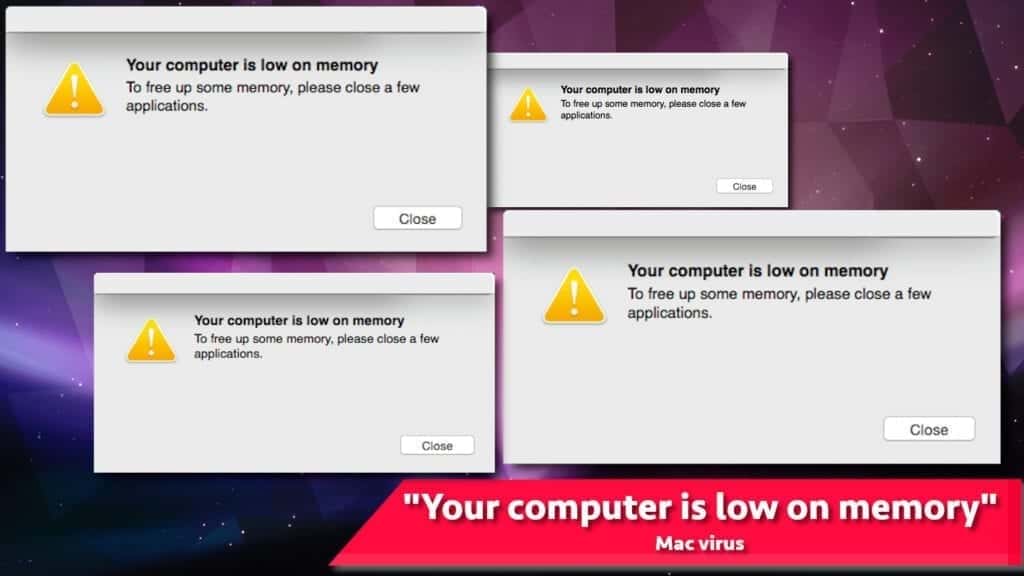
Cybersecurity experts have spotted a number of PUAs displaying the said message, including, but not limited to:
- BeAware;
- ScreenCapture.app;
- ScreenSaver.app;
- Spaces.app;
- MacSecurityPlus;
Remove Your Computer is Low on Memory virus using INTEGO ANTIVIRUS for Mac (includes scanning for iOS devices). The one-of-a-kind security suite provides VirusBarrier X9 real-time protection against Mac and Windows-based malware, removes existing threats and scans for malware in popular e-mail clients. Includes NetBarrier X9, an intelligent firewall for home, work and public connections.
Numerous potentially unwanted applications have been similar ad campaigns meant to scare the computer user into thinking their computers need a ‘cleanse,’ ‘optimization’ or another service while the actual problem was spyware/malware presence on it. Such types of programs often employ dishonest advertising techniques, such as usage of ‘Your Mac is infected with (3) viruses,” “Install to continue (Java)” or “Your Computer is Low on Memory” phrases in ads to scare the computer user into thinking that their computer’s memory is full, the system lacks essential updates or some non-existent viruses needs to be removed ASAP. Clicking on these ads typically leads to installation of PUAs that display many false positives and urge the victim to purchase software license for a poor-reputation software.
The worst part about these programs that once installed, they are extremely hard to remove for an average computer user; often times, they have helper components that are meant to reinstall the application after its core components have been removed by the user. For this reason, we recommend you to remove Your Mac is Low On Memory pop up virus using excellent antivirus for Mac OS, INTEGO. It scores 100% in OS-specific detection tests and should remove the said adware without problems.
| Name | Your Computer is Low on Memory pop-up |
| Type | Adware; Scareware; Mac virus |
| Target OS | Mac |
| Activity | Displays intrusive pop-ups, slows down the computer, causes redirects to suspicious websites or might initiate installation of browser hijackers causing Yahoo redirect or Bing redirect. |
| Distribution | Spreads via deceptive pop-ups, software bundles, fake software installers, awaits in unconfirmed software download sources or torrents |
| Removal | Remove associated adware/malware using robust Mac antivirus, INTEGO. |

Avoid installation of dubious applications
Adware or scareware-type applications displaying the annoying “Your Computer is Low on Memory” pop-ups typically sneaks into the Mac OS X unnoticed as it hides in a software bundle or disguised as a fake software update. When the user opens the installer thinking that it will install the introduced software, it actually hides a few extras in it; sadly, these extras aren’t mentioned at all on the installer’s screen, or shown in a very fine print in an unnoticeable location.
Such bundled installs can be downloaded from untrustworthy or unofficial software download sources, torrents, and shady file sharing websites. Often times, such malware comes alongside illegal torrents, such as cracked software versions and similar. In cases when user doesn’t have antivirus with real-time protection on, such unwanted software additions can land on the operating system and start their annoying activities immediately.
Another well-known trickery is to serve fake pop-ups on shady websites, stating that user lacks an essential Java or Adobe Flash Player update; these pop-ups are designed to look legitimate and imitate typical operating system system alerts. These websites can even detect user agent technology and serve different software packs for Windows and Mac users alongside the so-called update. After agreeing to install an update that seems legitimate at first sight, the user starts getting annoying alerts, warnings and other ads about critical system status shortly. For this reason, we recommend checking for real updates on official software vendor’s website only.
We recommend you to remove Your Computer is Loc on Memory Mac virus to stop seeing these annoying pop-ups daily. However, since it is unknown how’s the actual culprit program named on your system (there is a number of possible actors), you will need to search for suspicious ones yourself. Manual Mac spyware/malware removal takes time and is a bit complicated for inexperienced users, although possible. You can find a detailed manual as well as automatic removal guide below.
In case you want to opt for automatic Your Computer is Low on Memory virus removal, we strongly recommend using robust Mac antivirus that scores 100% in threat detection tests – INTEGO. Run a scan with it to detect the potentially unwanted applications on your system triggering unwanted activities without your permission.
Manual removal guide
- Click Go in the Mac’s Finder toolbar and select Utilities.
- Here, double-click Activity Monitor app.
- In Activity Monitor, you will need to identify suspicious and resource-consuming apps, select them and click the X (Stop) button in the upper left corner of the window. Our suggestion is to search for Mac Security Plus, Spaces, BeAware, ScreenCapture or ScreenSaver apps and similar ones.
- After clicking the Stop button for an app, you will see a prompt asking do you really want to quit this process. Click Force Quit to continue.
- Now, click the Go button in Mac’s Finder toolbar and select Go to Folder…
- Here, enter /Library/LaunchAgents and click Go.
- Look through the opened folder for suspicious components that possibly belong to the persistent adware serving “Your computer is low on memory” warning. Our recommendation is to look for unrecognized and recently added files. Then, move them to Trash/Bin.
However, malware names hardly ever signal that they are somehow malicious, so you might want to check some questionable names online. For instance, examples of Mac malware related files include com.DataSearch.plist, com.ExpertModuleSearchP.plist, com.pcv.hlpramc.plist, com.updater.mcy.plist, com.avickUpd.plist, com.msp.agent.plist and similar.
- Using the Go to Folder feature, navigate to a location called ~/Library/Application Support. You can simply copy and paste this path to the go to Folder window and click Go.
- Here, identify suspicious folders and move them to Trash. Again, you need to use your common sense and look for recently added programs that aren’t related to Mac OS or apps you installed willingly. Examples of unwanted folders include SystemSpecial, IdeaShared, ProgressMatch and DataSearch.
- Use Go to Folder feature once more to navigate to ~/Library/LaunchAgents.
- Here, identify suspicious components and move them to Trash.
- Now, navigate to /Library/LaunchDaemons and eliminate strange or suspicious-looking components possibly related to “Your computer is low on memory” pop-up virus. Known examples of Mac-related malware store com.pplauncher.plist, com.ExpertModuleSearchDaemon.plist, com.DataSearchP.plist, com.startup.plist and similarly named files here.
- Now, clean the rest of Mac locations using the rest of the guide provided below.
OUR GEEKS RECOMMEND
Keep your Mac virus-free with INTEGO, an exceptional antivirus with an option to scan other iOS devices. The VirusBarrier X9 offers 24/7 real-time protection against Mac and Windows malware, includes intelligent firewall (NetBarrier X9) for protecting your incoming/outgoing connections at home, work or public hotspots and more.
INTEGO antivirus is one of the leading security products for Mac that includes VirusBarrier X9 and NetBarrier X9 features allowing detection of viruses, ransomware, adware, browser hijackers, Trojans, backdoors and other threats and blocks suspicious network connections. If any detections are found, the software will eliminate them. Learn more about the software’s features in its full review.
GeeksAdvice.com editors select recommended products based on their effectiveness. We may earn a commission from affiliate links, at no additional cost to you. Learn more.
Your computer is low on memory Mac virus Removal Tutorial
To remove the unwanted program from your Mac, use these instructions below to uninstall associated applications from your Mac computer. Then scroll down for instructions how to clean each affected web browser individually.
Remove Your computer is low on memory Mac virus from Mac
- Click on Finder.
- Go to Applications folder.
- Look for suspicious applications you can’t remember installing. Right-click them and select Move to Trash.
- After moving all suspicious apps to Trash, right-click the Trash bin in Mac’s Dock and select Empty Trash.
To remove Mac threats automatically, we strongly recommend using robust and well-reviewed antivirus solution INTEGO.
Remove using INTEGO ANTIVIRUS for Mac (includes scanning for iOS devices). The one-of-a-kind security suite provides VirusBarrier X9 real-time protection against Mac and Windows-based malware, removes existing threats and scans for malware in popular e-mail clients. Includes NetBarrier X9, an intelligent firewall for home, work and public connections.
Safari
Chrome
Firefox
Remove Your computer is low on memory Mac virus from Safari
Uninstall suspicious Safari extensions
- Open Safari and click on Safari button in the top left corner. Select Preferences in the menu that appears on the screen.
- Now, go to Extensions tab. Look at the left to see all installed extensions, click on suspicious ones and hit that Uninstall button as shown in the picture. Confirm your choice by clicking Uninstall again. Repeat until you get rid of all unwanted extensions.
Change Safari Homepage and default search engine
- In Preferences, open the General tab. Here, check what URL is set as your homepage. Delete it and type in whatever URL you want to set as your Safari Start Page.
- Next, go to the Search tab. Here, choose what Search engine you want to set as default.
- Next, click on Manage websites… then Remove all… and then Done.
Remove push notifications on Safari
Some suspicious websites can try to corrupt your Safari by asking to enable push notifications. If you have accidentally agreed, your browser will be flooded with various intrusive advertisements and pop-ups. You can get rid of them by following this quick guide:
- Open Safari and click on Safari button in the top-left corner of the screen to select Preferences;
- Go to Websites tab and navigate to Notifications on the left side toolbar.
Reset Safari
- Click on Safari > Clear History…
- Then choose to clear All history and hit Clear History button to confirm.
- Go to Safari > Preferences and then open Privacy tab.
- Click Manage Website Data… then Remove All. To finish, click Done.
- Finally, clear Safari cache. In Safari Menu, click Develop > Clear Cache.
Safari
Chrome
Firefox
Remove Your computer is low on memory Mac virus from Google Chrome
Remove suspicious Chrome extensions
- Open Chrome and type chrome://extensions into address bar and press Enter.
- Here, look for suspicious extensions, and Remove them.
- Don’t forget to confirm by pressing Remove in the confirmation pop-up.
Change Start Page settings
- In Chrome address bar, type chrome://settings and press Enter.
- Scroll down to the On startup section. Check for suspicious extensions controlling these settings, and Disable them.
- Additionally, you can set browser to Open a specific page or set of pages via these settings. Simply choose this option, click Add a new page, enter your preferred URL (f.e. www.google.com) and press Add.
Change default search settings
- In Chrome URL bar, type chrome://settings/searchEngines and press Enter. Make sure you type searchEngines, not searchengines. Additionally, you can go to chrome://settings and find Manage search engines option.
- First, look at the list of search engines and find the one you want to set as default. Click the three dots next to it and select Make Default.
- Finally, look through the list and eliminate suspicious entries. Right-click the three dots and select Remove from the list.
Remove push notifications from Chrome
If you want to get rid of the annoying ads and so-called push-notifications viruses, you must identify their components and clean your browser. You can easily remove ads from Chrome by following these steps:
- In Google Chrome, press on Menu (upward arrow) in the top-right corner of the window.
- Select Settings.
- Go to Privacy and Security > Site Settings.
- Open Notifications.
- Here, go to the Allow list and identify suspicious URLs. You can either Block or Remove by pressing on the three vertical dots on the right side of the URL. However, we suggest the Block option, so the site won’t ask you to enable the notifications if you ever visit it again.
Reset Google Chrome browser
- The final option is to reset Google Chrome. Type chrome://settings in the URL bar, press Enter and then scroll down until you see Advanced option. Click it and scroll to the bottom of the settings.
- Click Restore settings to their original defaults.
- Click Restore settings to confirm.
Safari
Chrome
Firefox
Remove Your computer is low on memory Mac virus from Mozilla Firefox
Remove unwanted add-ons from Firefox
- Open Firefox and type about:addons in the URL bar. Press Enter.
- Now, click on Extensions (in the left section).
- Click Remove next to every suspicious browser add-on that you can’t remember installing.
Change Firefox Homepage
- In Firefox address bar, type about:preferences and hit Enter.
- Look at the left and click the Home tab.
- Here, delete the suspicious URL and type or paste in the URL of a website you’d like to set as your homepage.
Alter preferences in Firefox
- Type about:config in Firefox address bar and hit Enter.
- Click I accept the risk! to continue.
- Here, type in the URL which has taken over your browser without your knowledge. Right-click each value that includes it and choose Reset.
Remove annoying push notifications from Firefox
Suspicious sites that ask to enable push notifications gain access to Mozilla’s settings and can deliver intrusive advertisements when browsing the Internet. Therefore, you should remove access to your browser by following these simple steps:
- In Mozilla Firefox, click on Menu (the three horizontal bars) on the top-right corner of the window, then choose Options.
- Click on Privacy and Security, then scroll down to Permissions section.
- Here, find Notifications and click Settings button next to it.
- Identify all unknown URLs and choose to Block them. Click Save Changes afterward.
Reset Mozilla Firefox
- In Firefox, type about:support in the address bar and press Enter.
- Click on Refresh Firefox…
- Click Refresh Firefox again to confirm.
Disclaimer. This site includes affiliate links. We may earn a small commission by recommending certain products, at no additional cost for you. We only choose quality software and services to recommend.
Norbert Webb is the head of Geek’s Advice team. He is the chief editor of the website who controls the quality of content published. The man also loves reading cybersecurity news, testing new software and sharing his insights on them. Norbert says that following his passion for information technology was one of the best decisions he has ever made. “I don’t feel like working while I’m doing something I love.” However, the geek has other interests, such as snowboarding and traveling.
Some threats reinstall themselves if you don’t delete their core files. We recommend downloading SpyHunter to remove harmful programs for you. This may save you hours and ensure you don’t harm your system by deleting the wrong files.
Download SpyHunter (Free Remover)* OFFER *Free Remover allows you, subject to a 48-hour waiting period, one remediation and removal for results found. SpyHunter’s EULA, Privacy Policy, and more details about Free Remover.
Your Computer Is Low On Memory on Mac is an application of the browser hijacker type that is designed to promote different products and services on the users’ screens. Your Computer Is Low On Memory on Mac will install a new search engine or replace the existing homepage with one that redirects the user searches to predefined websites.
The “Your Computer Is Low On Memory” pop up message on Mac.
You may often notice that the browser hijackers are typically referred to as potentially unwanted programs. They often display hundreds of ads, pop-ups, and banners that people find irritating and annoying. However, browser hijackers like “Your Computer Is Low On Memory” are typically legal programs and they usually do not get flagged by anti-virus software as threats that need to be removed. Yet, there are people who desperately want to uninstall them from Chrome, Edge, Firefox, Safari, and other web browsers and there are a number of good reasons for that.
Your computer is Low on Memory Mac Virus
The Your computer is Low on Memory Mac Virus is a browser hijacking type of app that spams false but genuine-looking messages on macOS devices. Actually the Your computer is Low on Memory mac virus‘ notifications will try to make you believe that your Mac is lacking HDD space so you presumably need to free up some more by clicking on the notifications.
RAM and HDD/SSD memory are two different things. Low amounts of free RAM can cause system slow-downs and make the computer sluggish. Oftentimes, unwanted software that users have installed without realizing could be the main reason for the unusually high RAM use.
One of them is the fact that when an application like Your Computer Is Low On Memory virus integrates with your computer, it immediately tends to change the browser’s homepage or its default search engine with a predefined one. In addition, the hijacker initiates page-redirects to specific websites that are typically full of aggressive ads, banners, pop-ups, and other similar commercials. If you are seeking an effective solution to remove those ads and to uninstall the imposed browser changes, we suggest you stay on this page because here you will find a detailed removal guide and a professional “Your Computer Is Low On Memory” removal tool that can help you.
Programs like “Your Computer Is Low On Memory” are created with the sole purpose to advertise different products, services, brands, and their related websites. In order to do their job well, they tend to employ some rather aggressive online advertising tactics such as aggressive ads generation, browser modifications, and automatic page-redirects which ensure that the users will land on the promoted ads and links the moment they open their web browser.
From a marketing point of view, the browser hijackers are great cost-effective tools that optimize the costs for online advertising and automatically redirect the web users to specific sponsored online offers and their related pages. Many users who experience such exposure to aggressive ads and automatic redirects to random sites, however, consider programs like “Your Computer Is Low On Memory” as irritating viruses and put them next to malware such as Trojans and even Ransomware. This is explained not only by the irritating way the ads tend to pop-up on the screen during browsing sessions but also by the fact that none of the imposed browser changes can be removed or uninstalled by regular means. Moreover, programs like “Your Computer Is Low On Memory” may fail to provide any useful service that can compensate for the constant browsing disturbance they create. Besides, if not removed on time, such programs can adversely affect the speed of the system and the performance of the hijacked web browser and eventually lead to sudden browser crashes, unresponsiveness, and sluggishness. For most users, those are enough reasons to uninstall browser hijackers like “Your Computer Is Low On Memory”.
We still need to mention, though, that despite their fame of potentially unwanted programs, the browser hijackers are not identical to computer viruses and don’t share the malicious capabilities of threats such as Ransomware, Trojans or Spyware. At their worst, they can only mess with your web browser while the real viruses are malicious forms of software that infect your computer and initiate malicious activities in the background of your system.
SUMMARY:
| Name | Your Computer Is Low On Memory |
| Type | Browser Hijacker |
| Danger Level | Medium (nowhere near threats like Ransomware, but still a security risk) |
| Symptoms | Unauthorized changes in the main web browser and automatic page redirects to sponsored sites can be sure symptoms of a browser hijacker infection. |
| Distribution Method | Software bundling is a common method of distribution of browser hijackers along with torrents, ads, free downloads from the web and spam. |
| Detection Tool |
Some threats reinstall themselves if you don’t delete their core files. We recommend downloading SpyHunter to remove harmful programs for you. This may save you hours and ensure you don’t harm your system by deleting the wrong files. |
How to Get rid of Your Computer is Low on Memory on Mac
If you are lucky, cleaning your browser from unwanted extensions that may be the cause for the disturbances you have been forced to put up with may be enough to resolve your problem. This can be done really quickly and if it works you won’t have to go any further into the guide or complete any of the more time-consuming and sophisticated steps.
- First, once you open the Safari browser, select its menu, go to Preferences, and then select the Extensions tab.
- See if you notice any unfamiliar extensions that haven’t been installed by you and/or that may be behind the obstructions and disturbances in Safari. If you think that any of the installed add-ons may be the cause for your problem, delete them by selecting their respective Uninstallation buttons.
- If you do not know which extension to delete, it’s best to remove all of them. Doing this won’t cause problems with the functioning of the browser but may help you determine which of the extensions is the unwanted one. Just make sure that you uninstall them one by one, testing the browser between each uninstallation to see if the problem’s gone as this would allow you to pinpoint the exact extension that’s being problematic.
- Once you think you are finished with the deletion of potentially unwanted extensions, restart the Mac, open Safari again and see if everything is back to normal. Check the Extensions’ menu again to see if the ones that you have removed are truly gone. If any of the uninstalled extensions have made their way back into Safari and/or if the browsing disturbances persist, go to the next removal steps and complete them to deal with this unpleasant issue.
Some hijackers can get very aggressive and go as far as to prevent you from closing your browser due to the pop-ups and ads shown in it. If this happens to you, you should Force Quit Safari by opening the Apple Menu from the top and selecting the Force Quit option. A window will show up on your screen with the currently active apps shown in it – select Safari from that list and then click on the Force Quit button to close the browser.
In case Safari continues to stay open, restart the computer so that when it starts back up the browser would be closed.
WARNING! READ CAREFULLY BEFORE PROCEEDING!
Access the Activity Monitor by going to the Utilities in the Applications Folder and double-clicking on the Activity Monitor icon. Once you are in the Activity Monitor, pay attention to the processes listed there – the one belonging to browser hijacker should be in there. Its name could be anything so we cannot tell you exactly what to look for. However, if you notice a process with an odd-looking name, especially if said process is using up lots of virtual memory and/or CPU, then it could potentially be linked to the browser hijacker. Another possible red-flag is if a given process in the Activity Monitor doesn’t seem to be related to any of the programs that you currently have opened on your Mac. Just bear in mind that some of the processes there are important system ones so be careful not to tamper with them. In general, it’s best to first look up the name of a process you consider suspicious to rule out the possibility of it being a legitimate one related to your macOS.
If you have found a process in the Activity Monitor that you think may be coming from the hijacker, highlight it by clicking on it and then select the information icon (“i“). This will display a window with more details about the process – in that window, select the Sample option and wen the sample file opens, select Save and save that file on your Desktop.
Once you save the sample file, bring it to our online scanner that is shown below by simply dragging the sample file to it and let the scanner do its job.
In case malware does get detected, immediately go back to the Activity Monitor, find the process that you sampled, click on it, and quit it by selecting the Quit Process/ X button that is near the top of the window. After this, delete the sample file by bringing it to Trash.
Each file will be scanned with up to 64 antivirus programs to ensure maximum accuracy
This scanner is free and will always remain free for our website’s users.
This file is not matched with any known malware in the database. You can either do a full real-time scan of the file or skip it to upload a new file. Doing a full scan with 64 antivirus programs can take up to 3-4 minutes per file.
Drag and Drop File Here To Scan
Analyzing 0 s
Each file will be scanned with up to 64 antivirus programs to ensure maximum accuracy
This scanner is based on VirusTotal’s API. By submitting data to it, you agree to their Terms of Service and Privacy Policy, and to the sharing of your sample submission with the security community. Please do not submit files with personal information if you do not want them to be shared.
You will now have to perform a safe launch of Safari. The quickest and easiest way of doing this is to keep the Shift key pressed down while opening Safari normally. This should start the browser without allowing any of the previously-opened pages to load. In some cases, however, this may not work and if this happens to you and you are unable to safe launch Safari in this way, you should perform a Force Quit of the browser as we explained in Step 1 and then disconnect your Mac from the Internet.
If you are connected to the web via Wi-Fi but have no access to the router and cannot shut it down, press down the Option Key and then open the Wi-Fi menu from the top of your screen. In it, select the Turn Wi-Fi Off option. This will stop your Wi-Fi connection for the time being. If you want to turn it back on after you are done with the guide, do the same but this time select the Turn Wi-Fi On button from the Wi-Fi menu. For users who are connected to the Internet via an Ethernet cable, simply plugging out said cable from your Mac is the quickest way to disconnect from the Internet.
Once there’s no more Internet connection to your Mac, try to safe-launch the browser again.
After you manage to safe launch Safari, once again go to Preferences/Extensions to see if any of the extensions you deleted earlier have returned and if they have, delete them again.
Next, select the Privacy tab of Preferences and click on the Remove All Website Data option. The browser will ask you if you are certain you want to do this to which you should reply with Yes. Just remember that deleting browser data would normally result in you getting logged out of your web accounts so you need to be able to reenter them again afterwards.
After deleting the browser data, go to the General tab and see what the address for the browser’s homepage is. If it is one that you don’t want and/or one that has been imposed by the hijacker, change it to a homepage address that you prefer.
Bear in mind that if a hijacker has changed the homepage of your Safari, the web-address that it has added could be contributing to the disturbances you have been experiencing. In some severe cases, some hijackers may even make unsafe sites the homepage of different browsers so it is really important to not allow this in your browser.
Finally, go to the History menu of Safari and opt for the Clear History button. Make sure that the time period for which the browsing history would be deleted is the longest one (from the beginning) and click on the Clear Browsing History button. If this is the first time you are doing this or if you haven’t done it in a while, the deletion process could take several moments to complete so be patient – eventually the browsing history will be deleted.
In case there are other browsers installed on your Mac, you need to clean them too so don’t forget to do that.
Removing ads from Firefox for Mac:
If you also have Mozilla Firefox, you can clean it from unwanted extensions by accessing its main menu, clicking on Add-ons, and then on Extensions to see what extensions your browser has. Delete the ones you think are not supposed to be in there just like you did with Safari. Again, deleting all of them is okay and you are encouraged to do it if you are not certain which of the items in the extensions list need to be removed.
Next, you also have to clean the browsing data – to learn how to do it, go to this link where we will explain it in more detail.
Removing ads from Chrome for Mac:
For Mac users who have Google Chrome, to clean this browser, open it, go to its menu, select More Options, and then click on Extensions. Once again, you must delete the items there that are suspicious and you deem potentially unwanted and, again, uninstalling all of them is perfectly okay.
The next thing you must do in Chrome is go to Settings > Search > Manage Search Engines and make sure that the browser is allowed to only use legitimate and well-known search engines. Hijackers often add their own search engine tools to the browser and even make them the ones that are used by default but this could potentially lead to the user getting redirected to misleading sites with harmful content. That is why you must remove every search engine from Chrome that isn’t known to be reliable and safe.
Lastly, you should refresh Chrome and instructions on how to do this will be available for you right here.
Final Notes
We hope that after you have complete all the steps listed on this page, there will no longer be any problems related to this browser hijacker on your Mac. Still, if you think you need extra help to rid your computer of the unpleasant software, be sure to hit us up down below in the comments and we will do our best to provide you with a helpful reply.

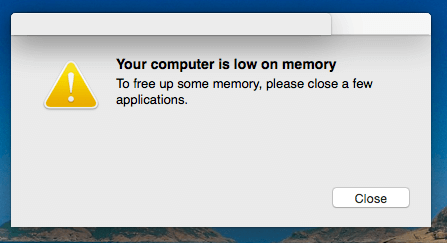
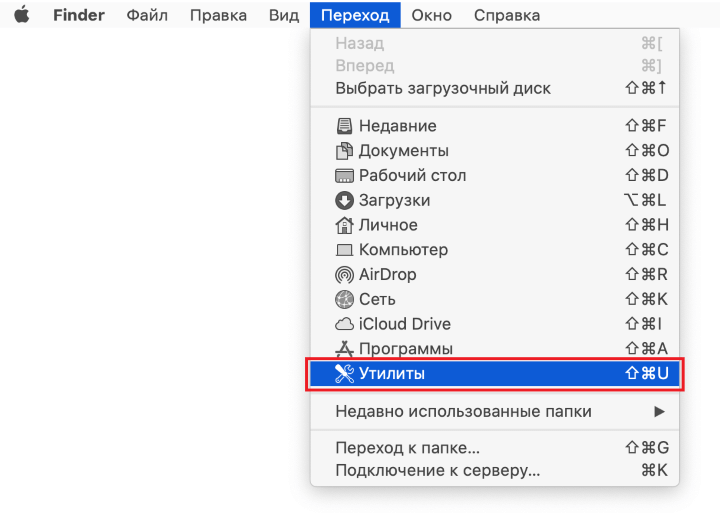
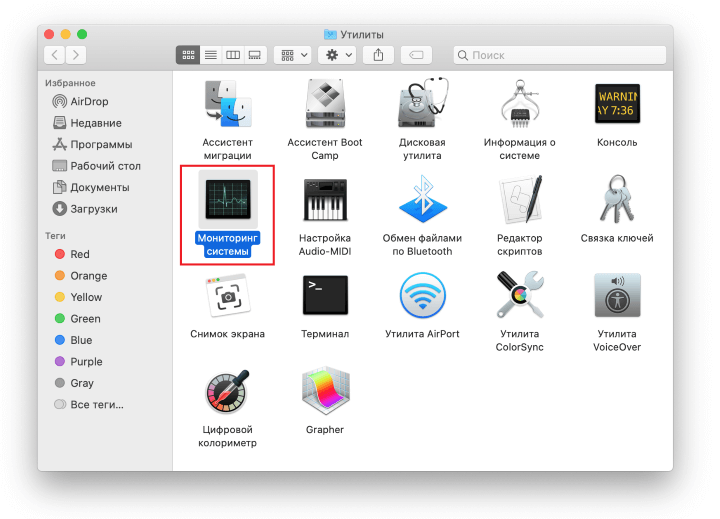








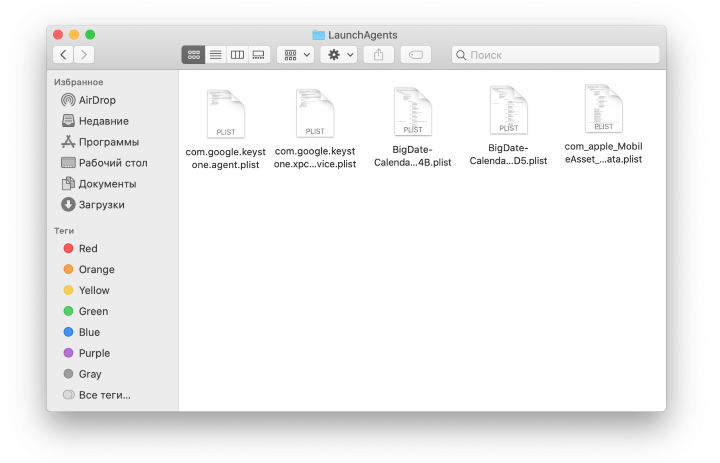










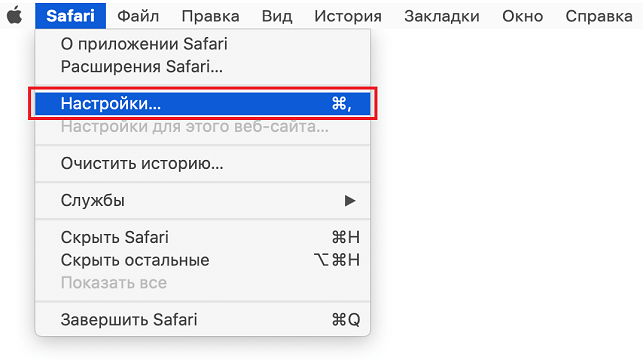



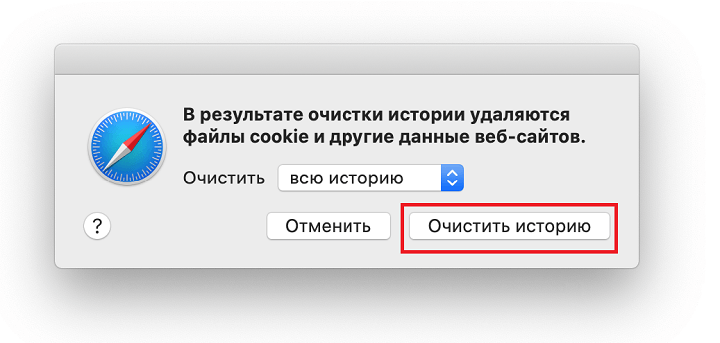

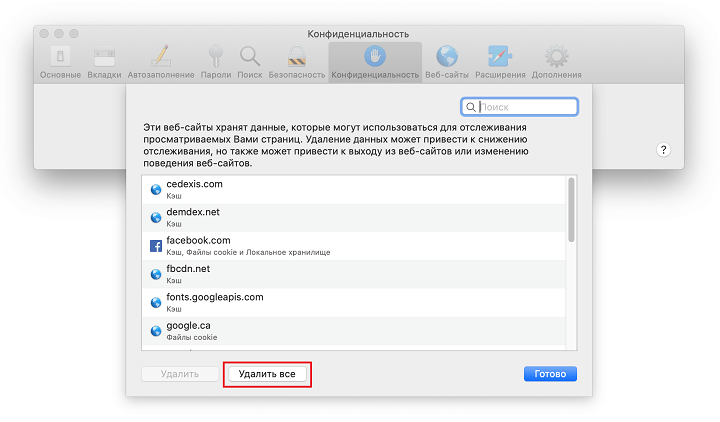

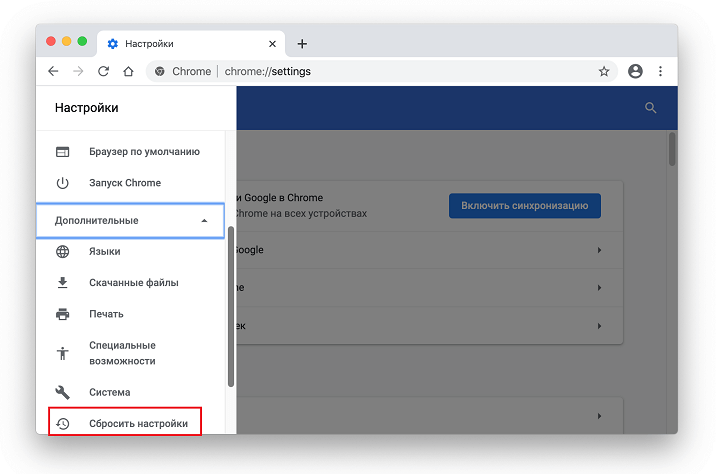

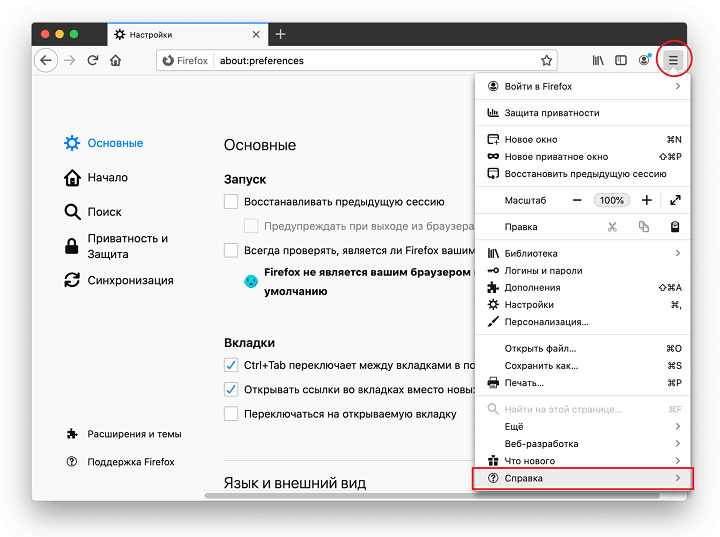
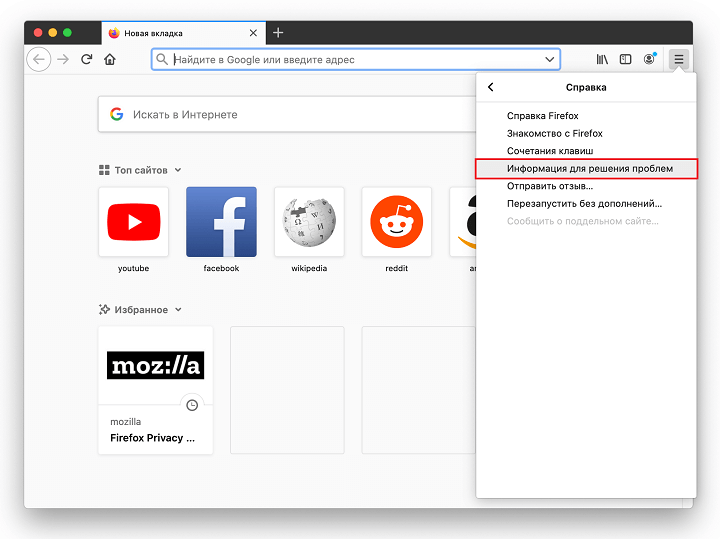




















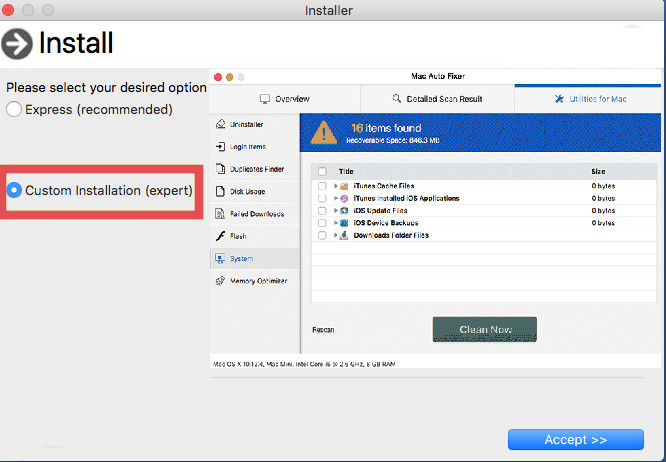
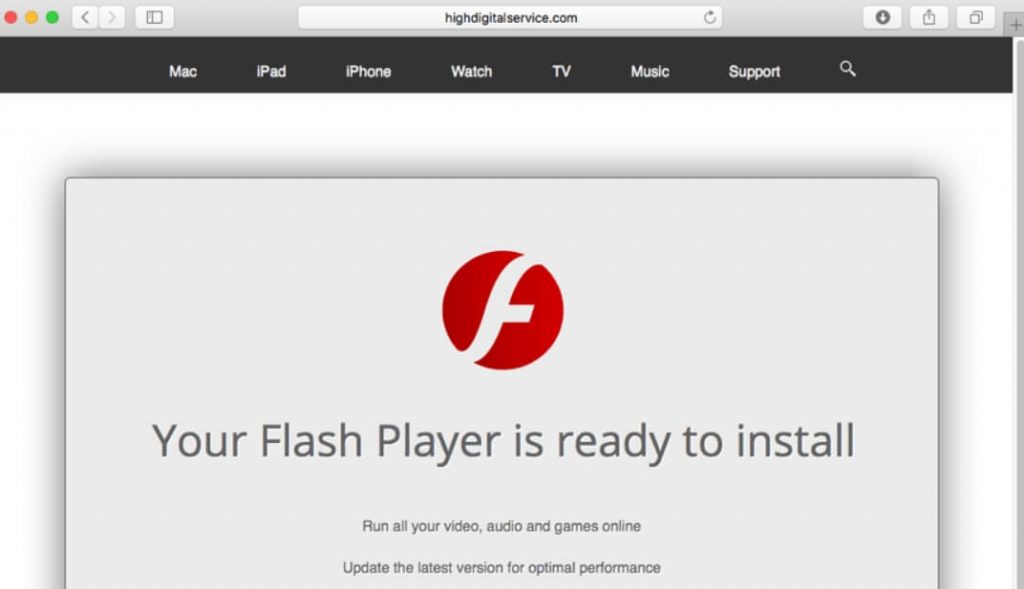
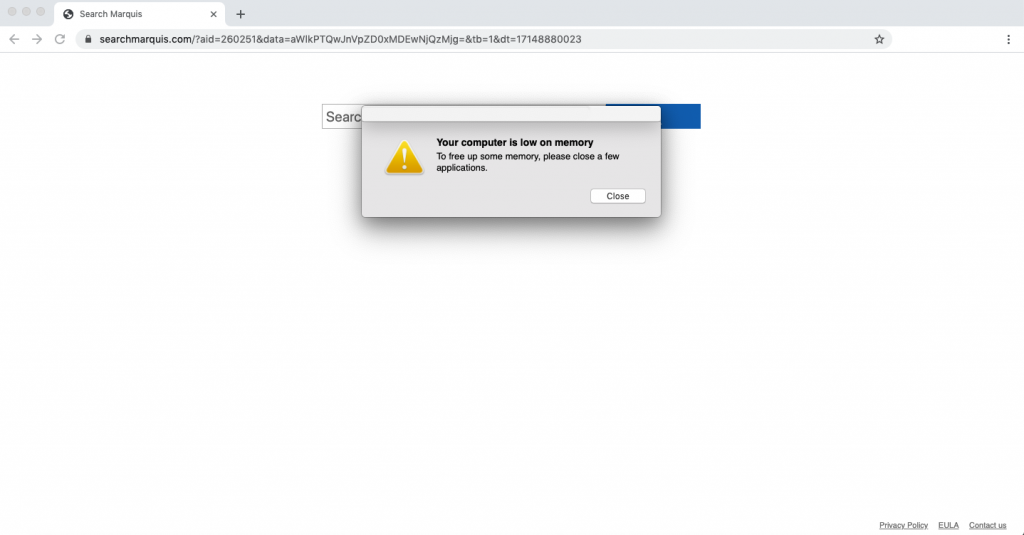





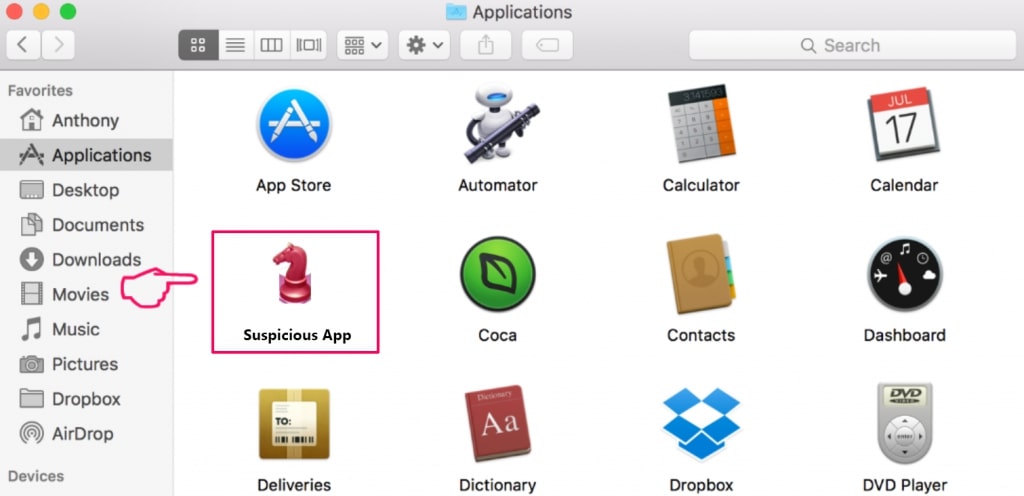



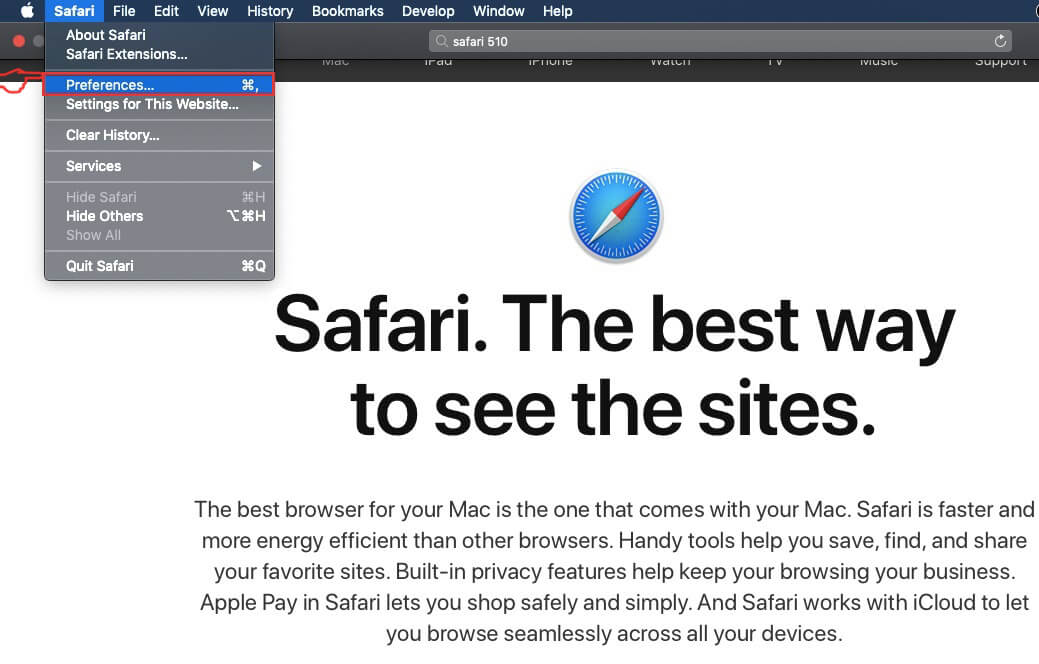



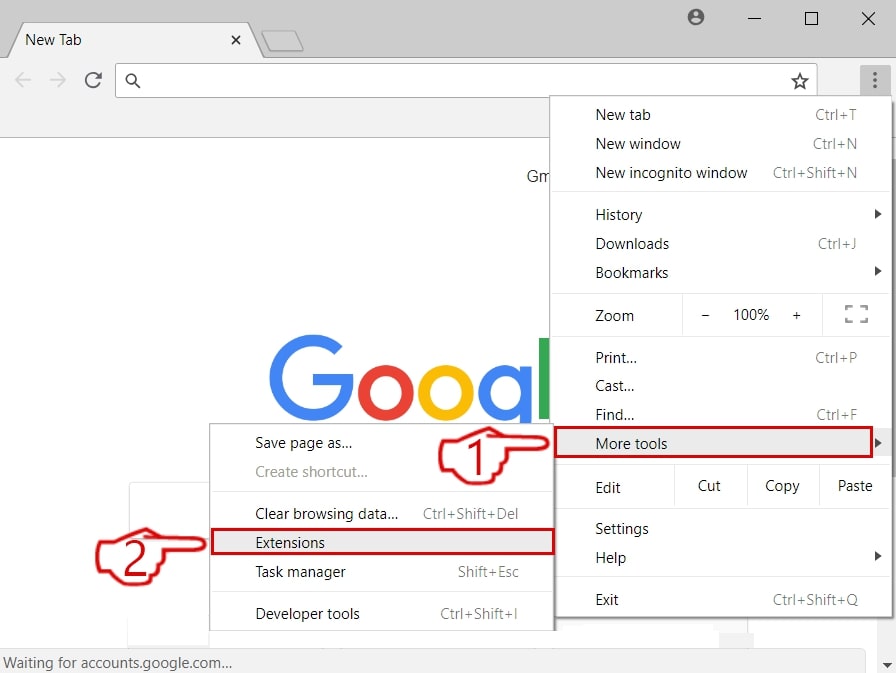


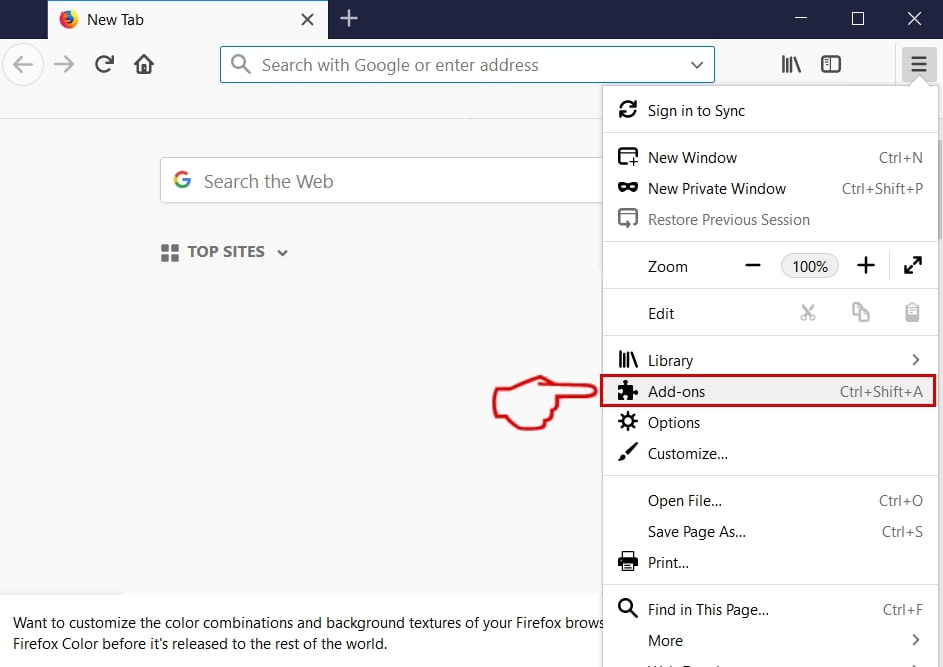
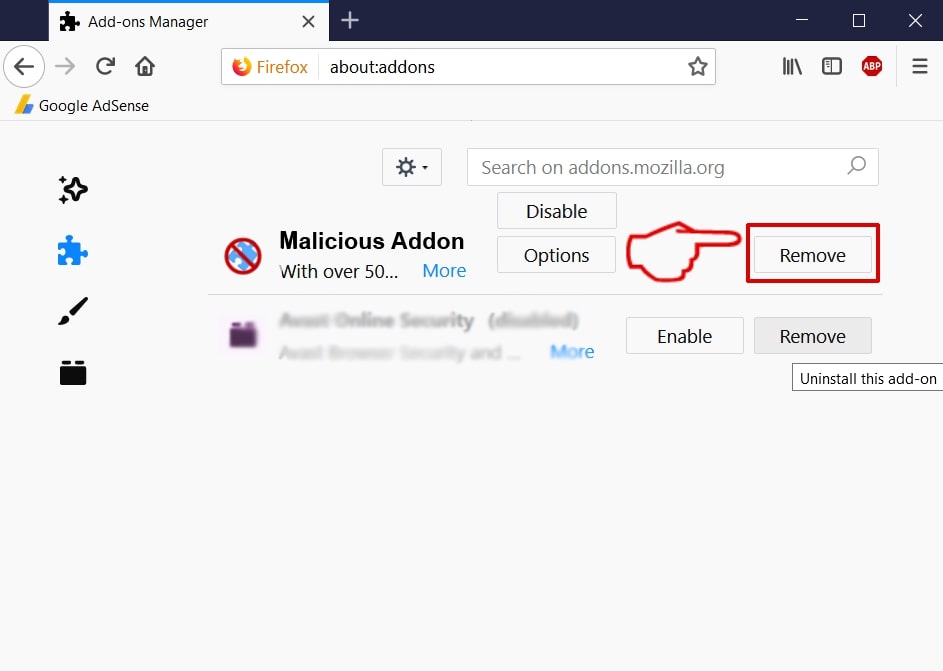
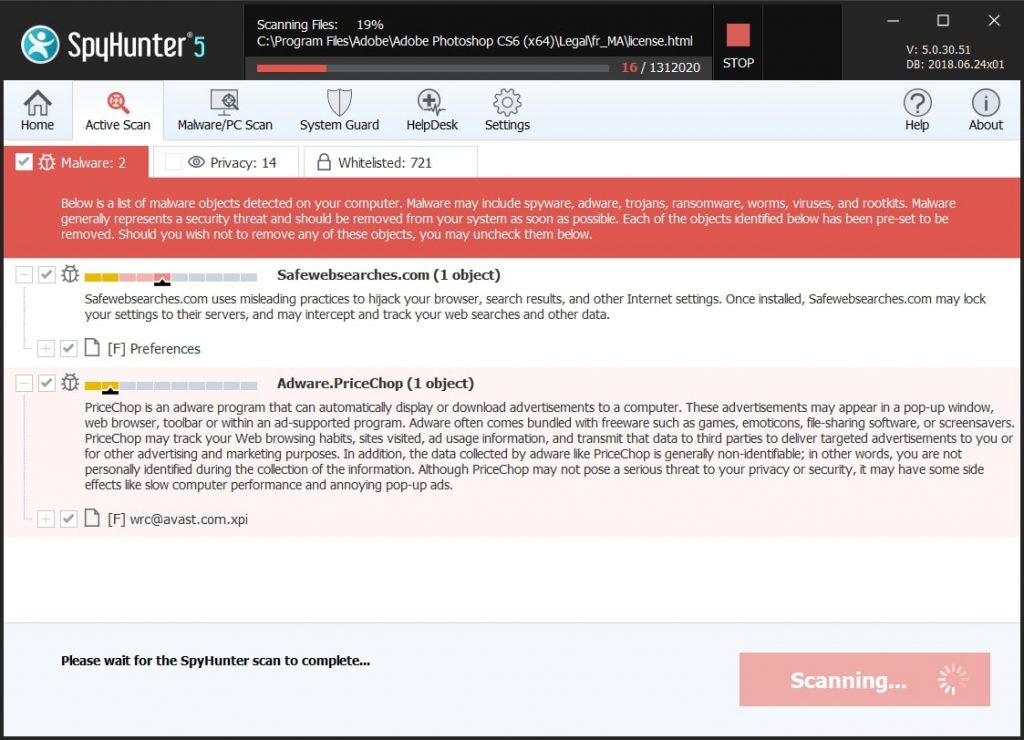
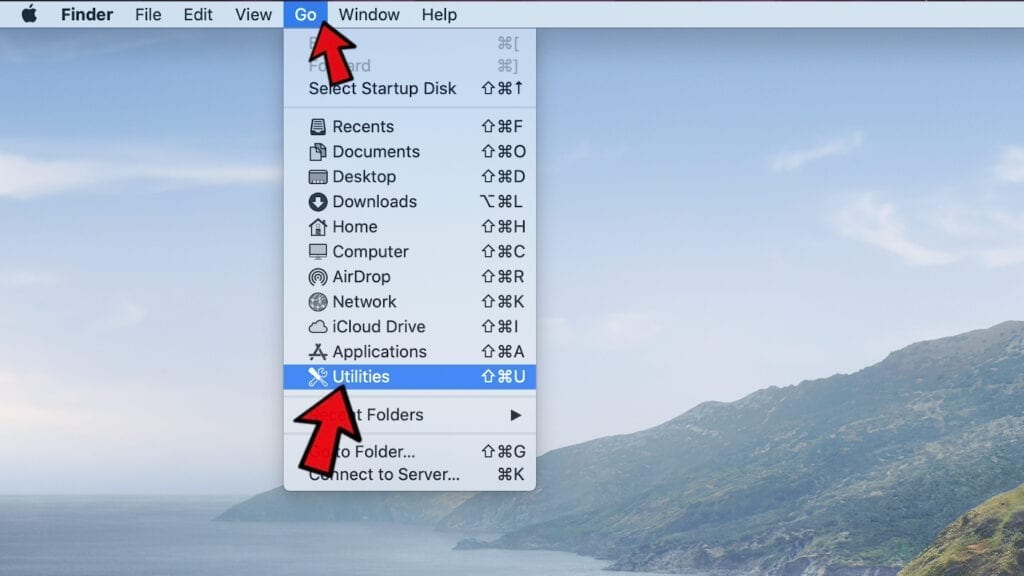
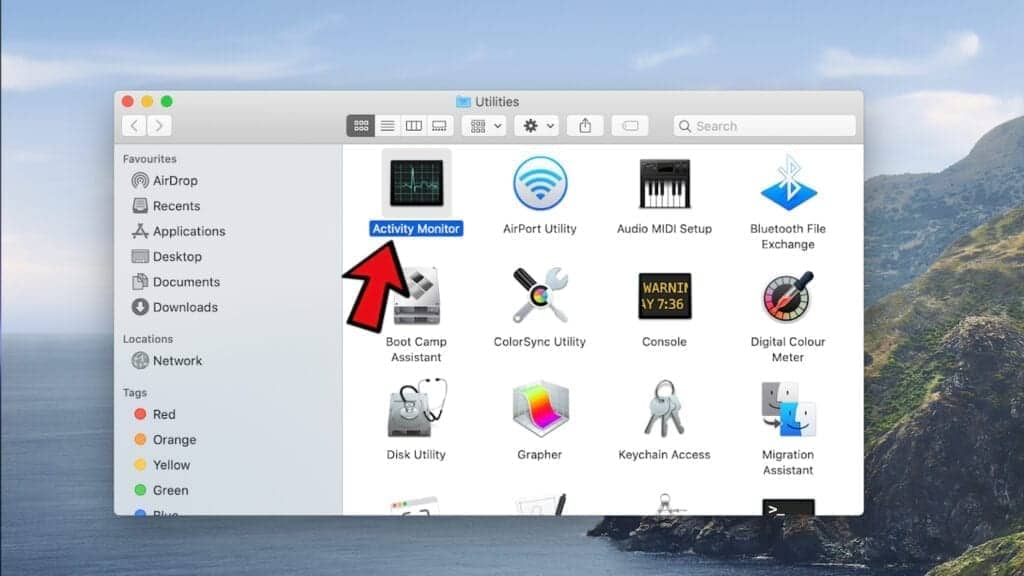
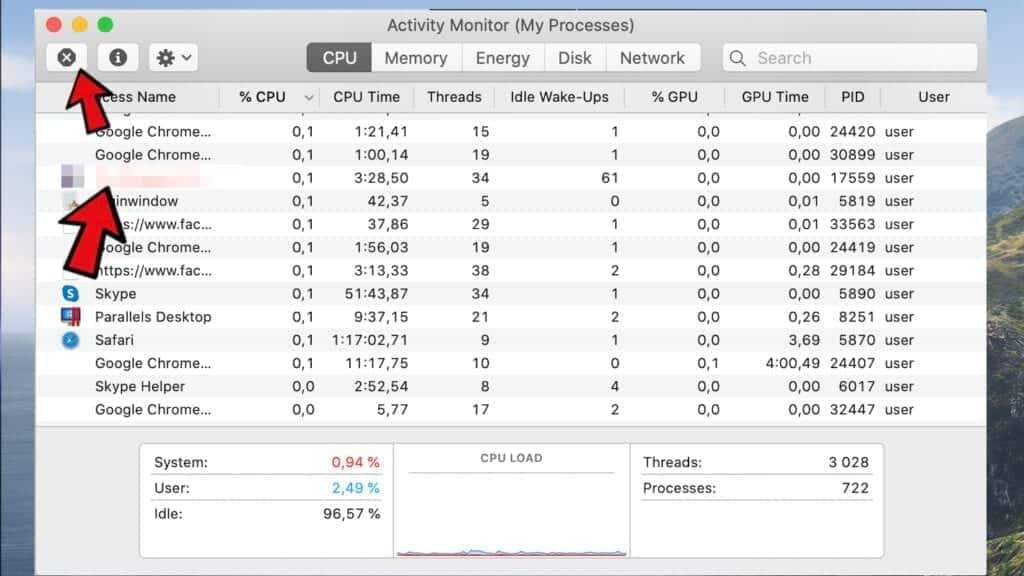
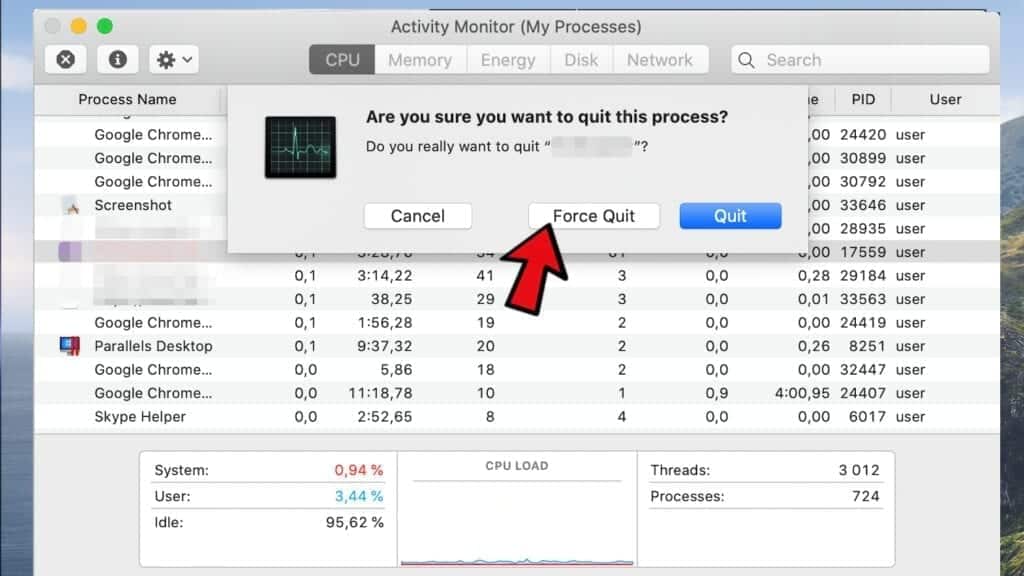
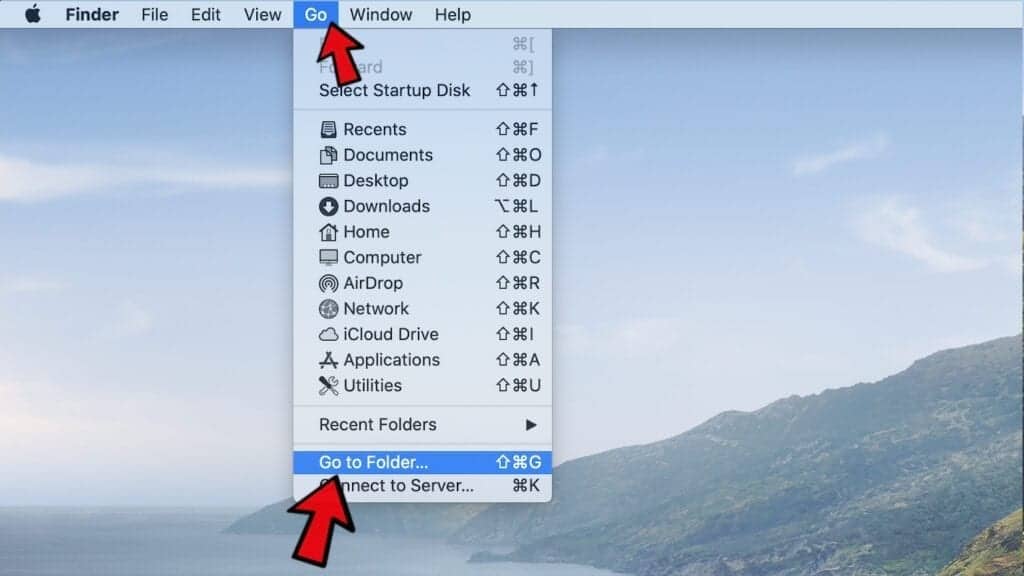
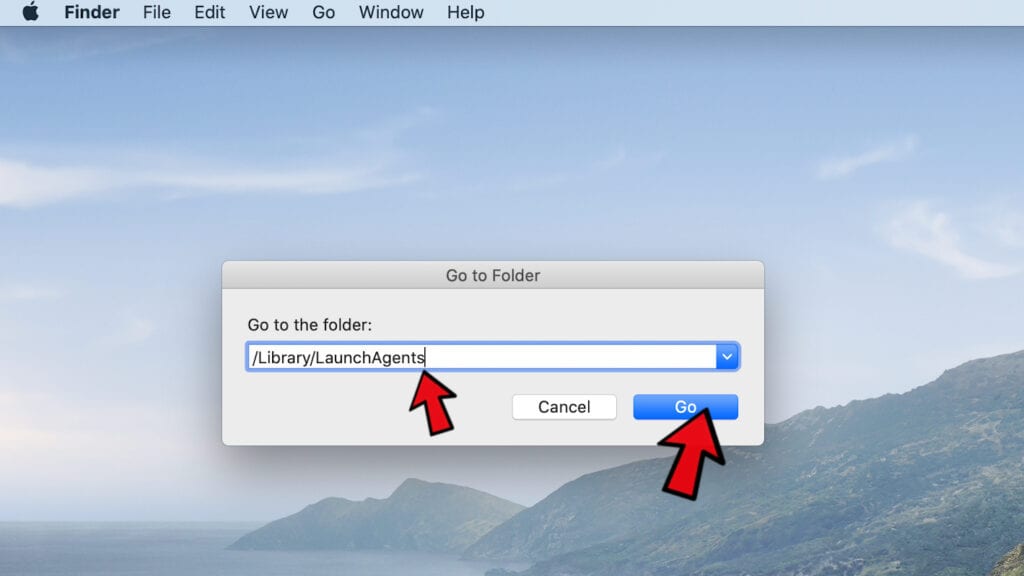
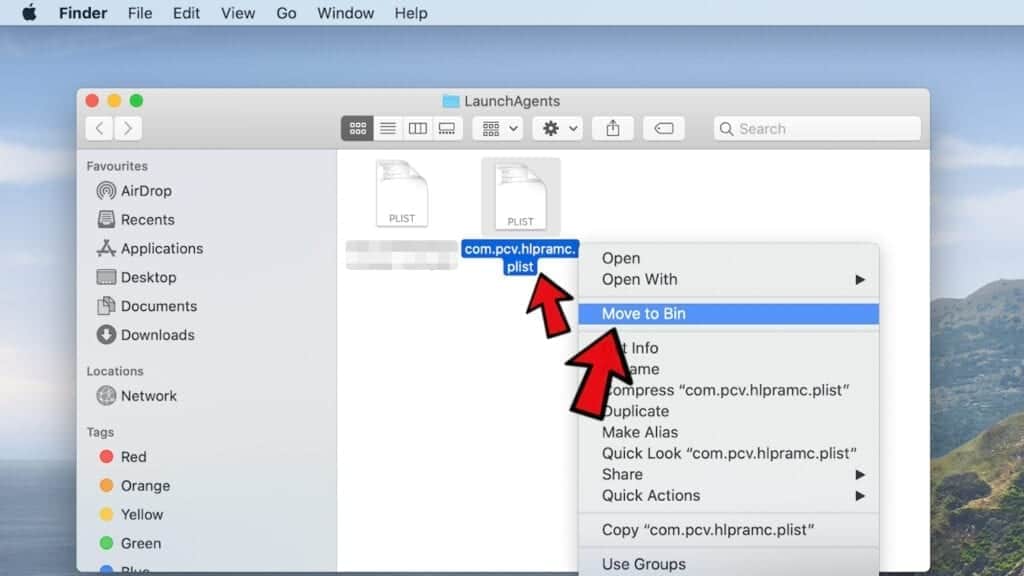 However, malware names hardly ever signal that they are somehow malicious, so you might want to check some questionable names online. For instance, examples of Mac malware related files include com.DataSearch.plist, com.ExpertModuleSearchP.plist, com.pcv.hlpramc.plist, com.updater.mcy.plist, com.avickUpd.plist, com.msp.agent.plist and similar.
However, malware names hardly ever signal that they are somehow malicious, so you might want to check some questionable names online. For instance, examples of Mac malware related files include com.DataSearch.plist, com.ExpertModuleSearchP.plist, com.pcv.hlpramc.plist, com.updater.mcy.plist, com.avickUpd.plist, com.msp.agent.plist and similar.
